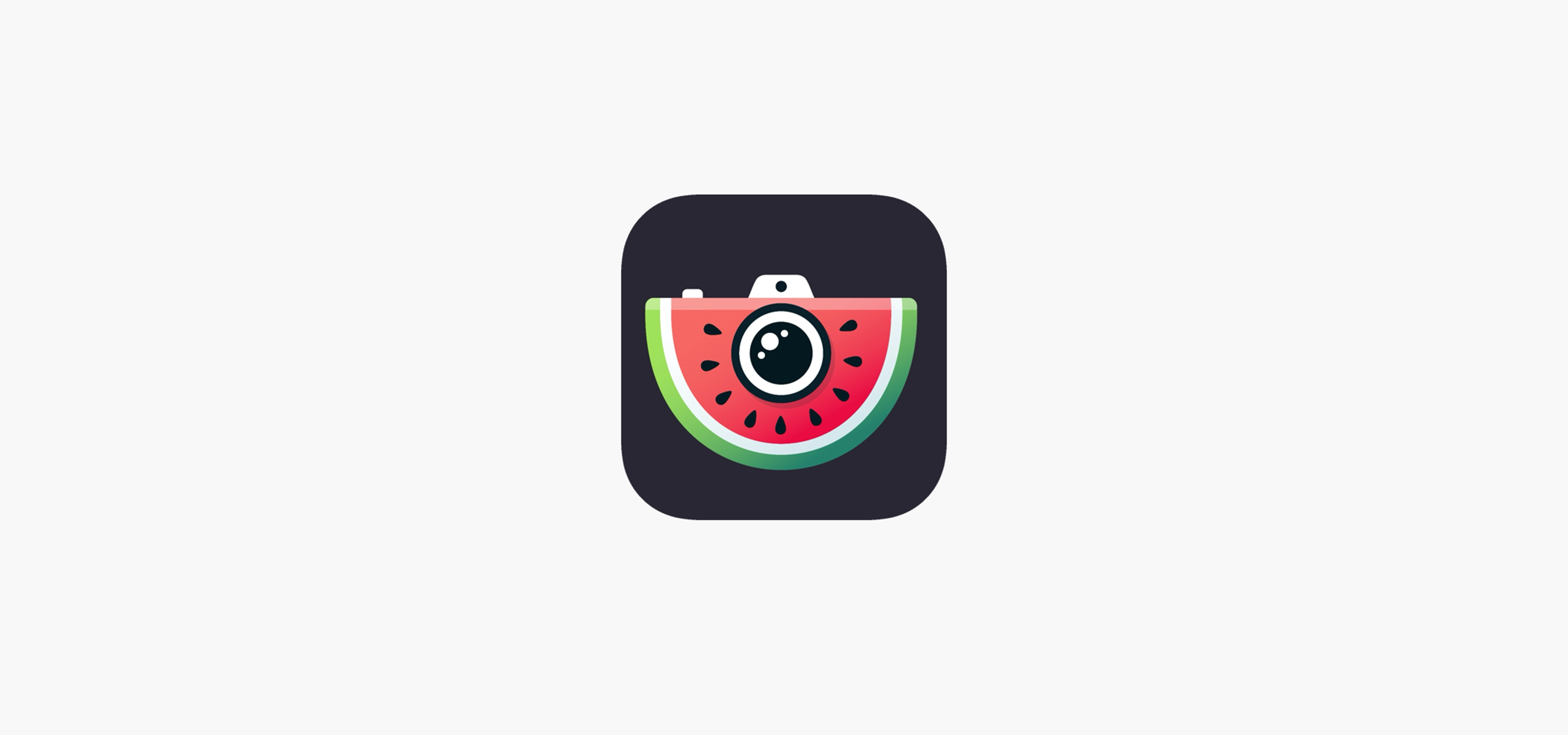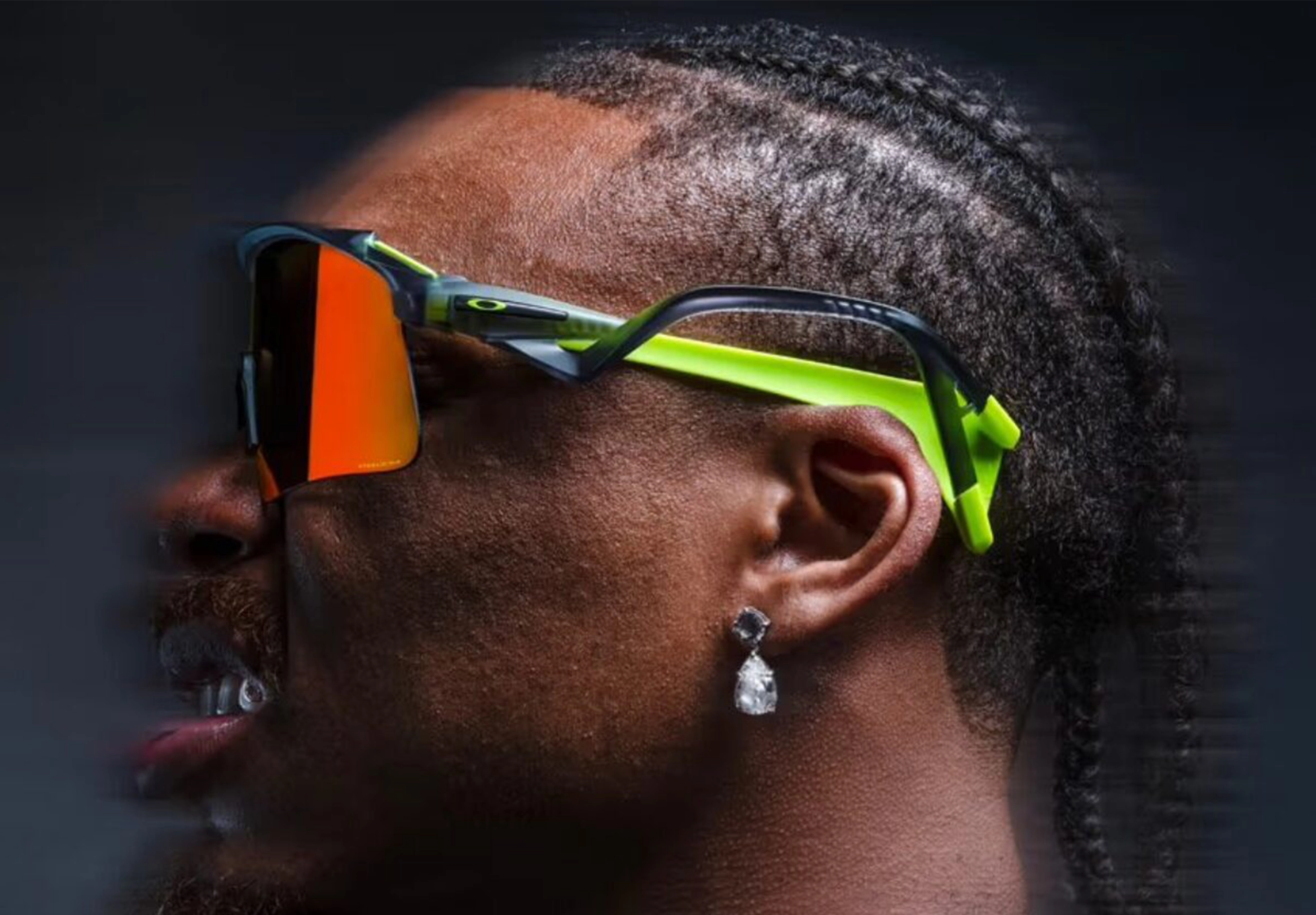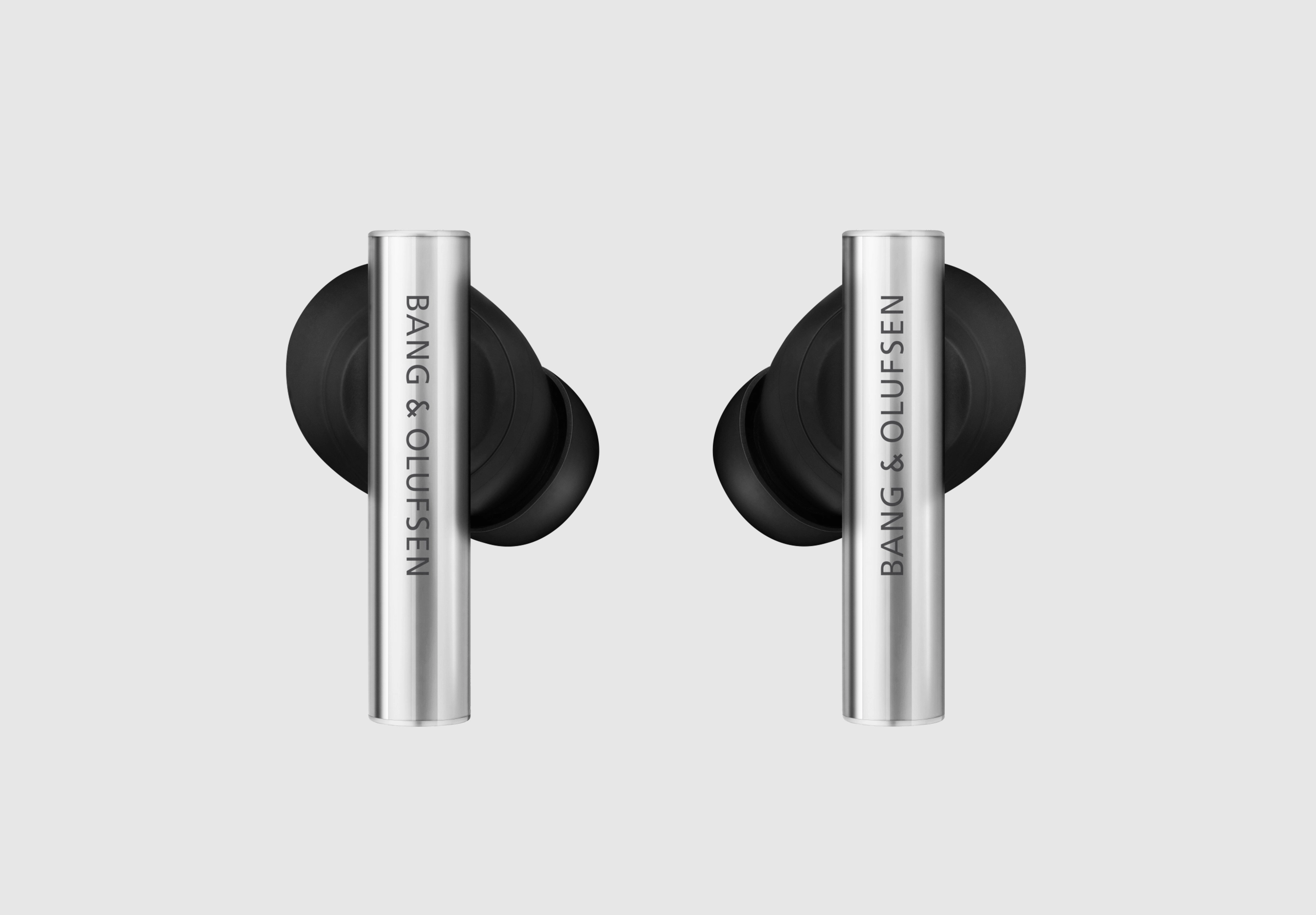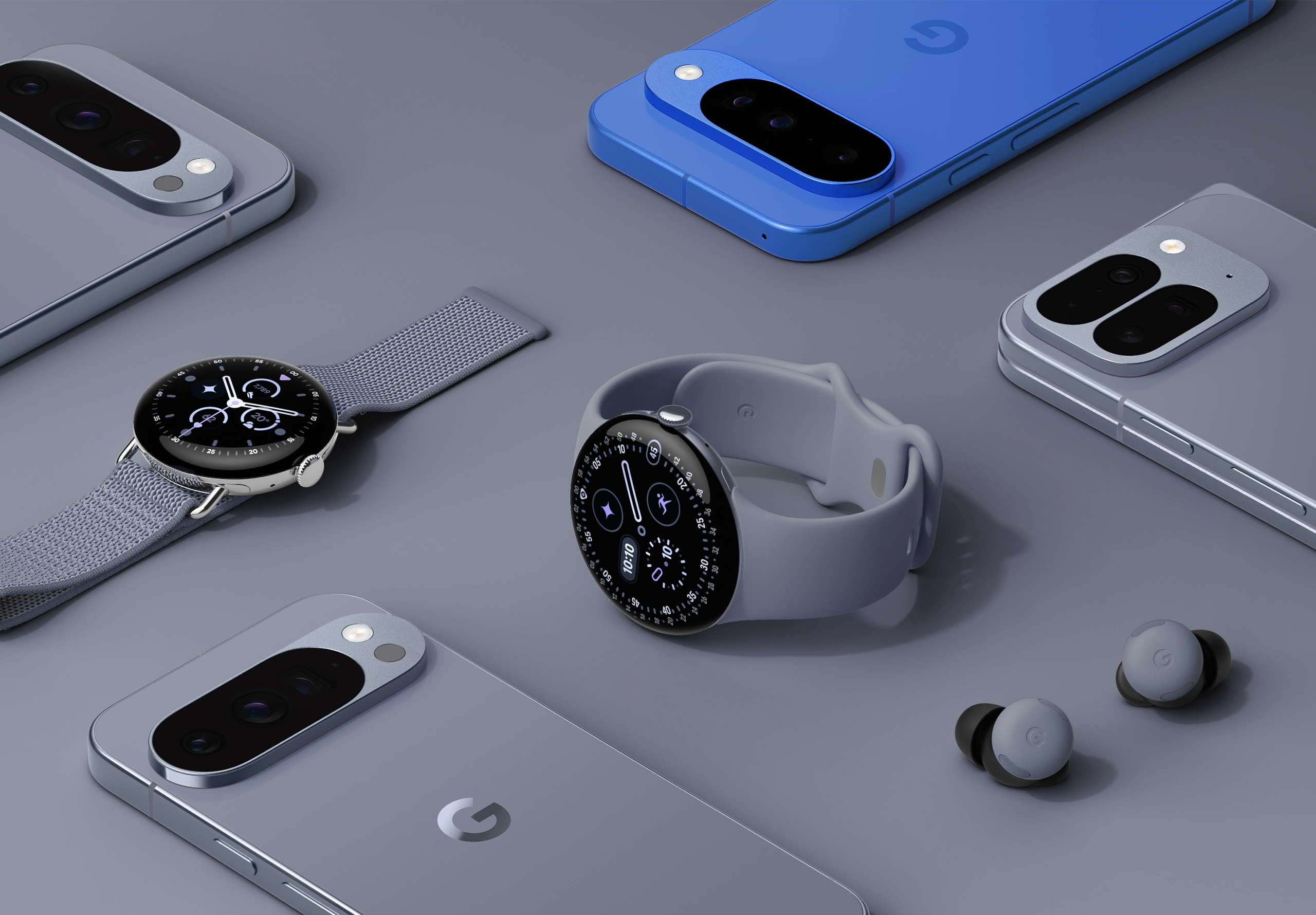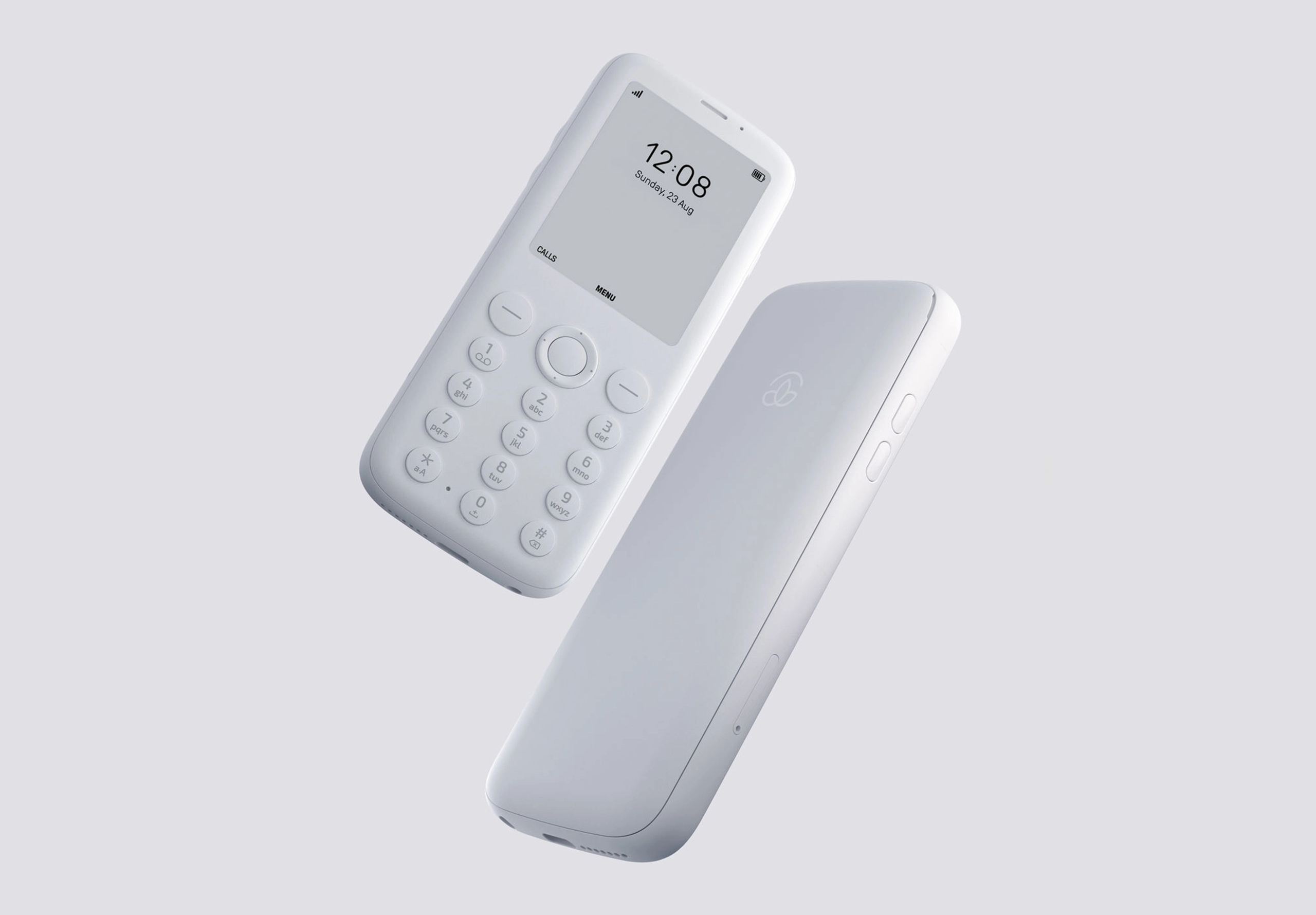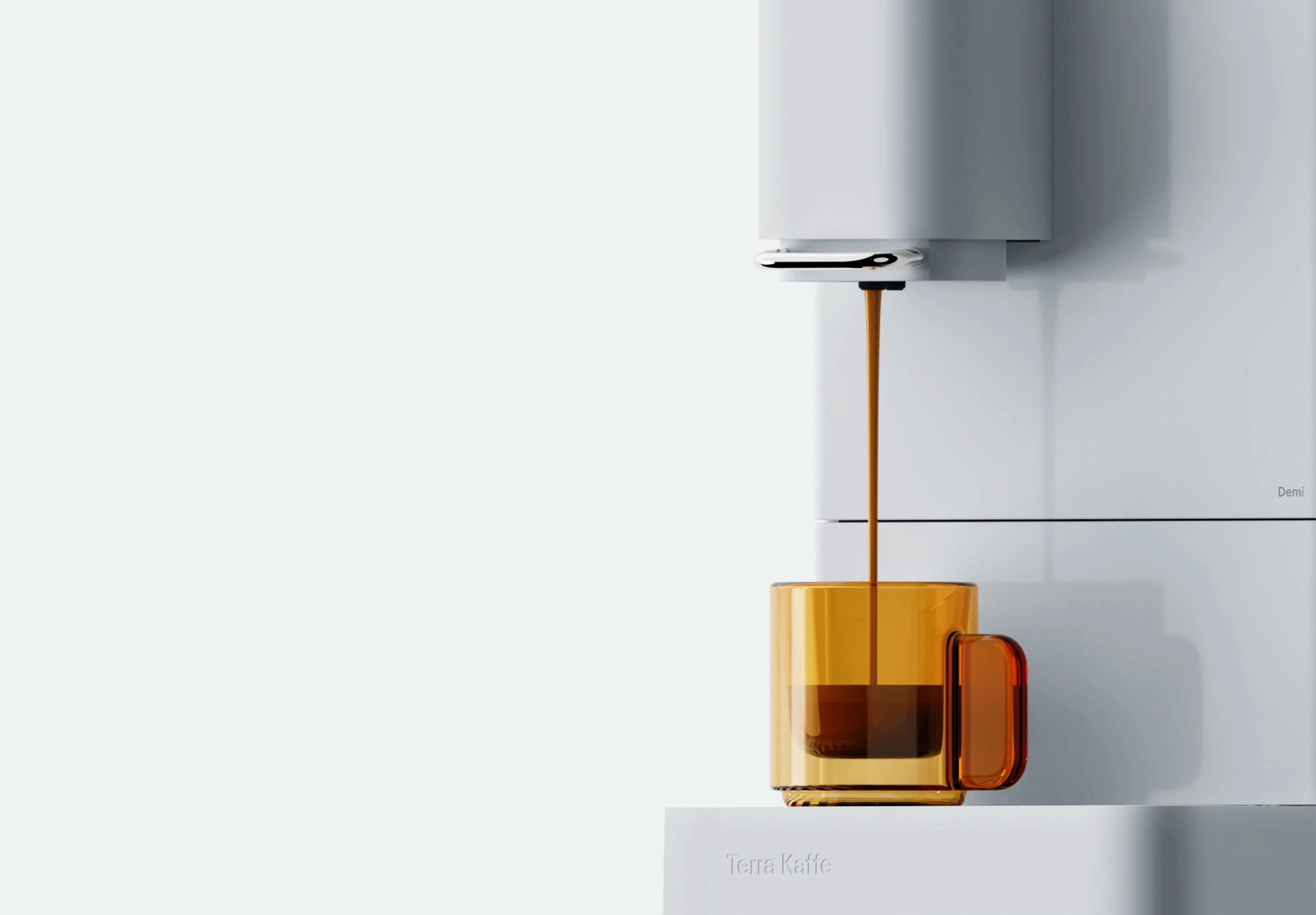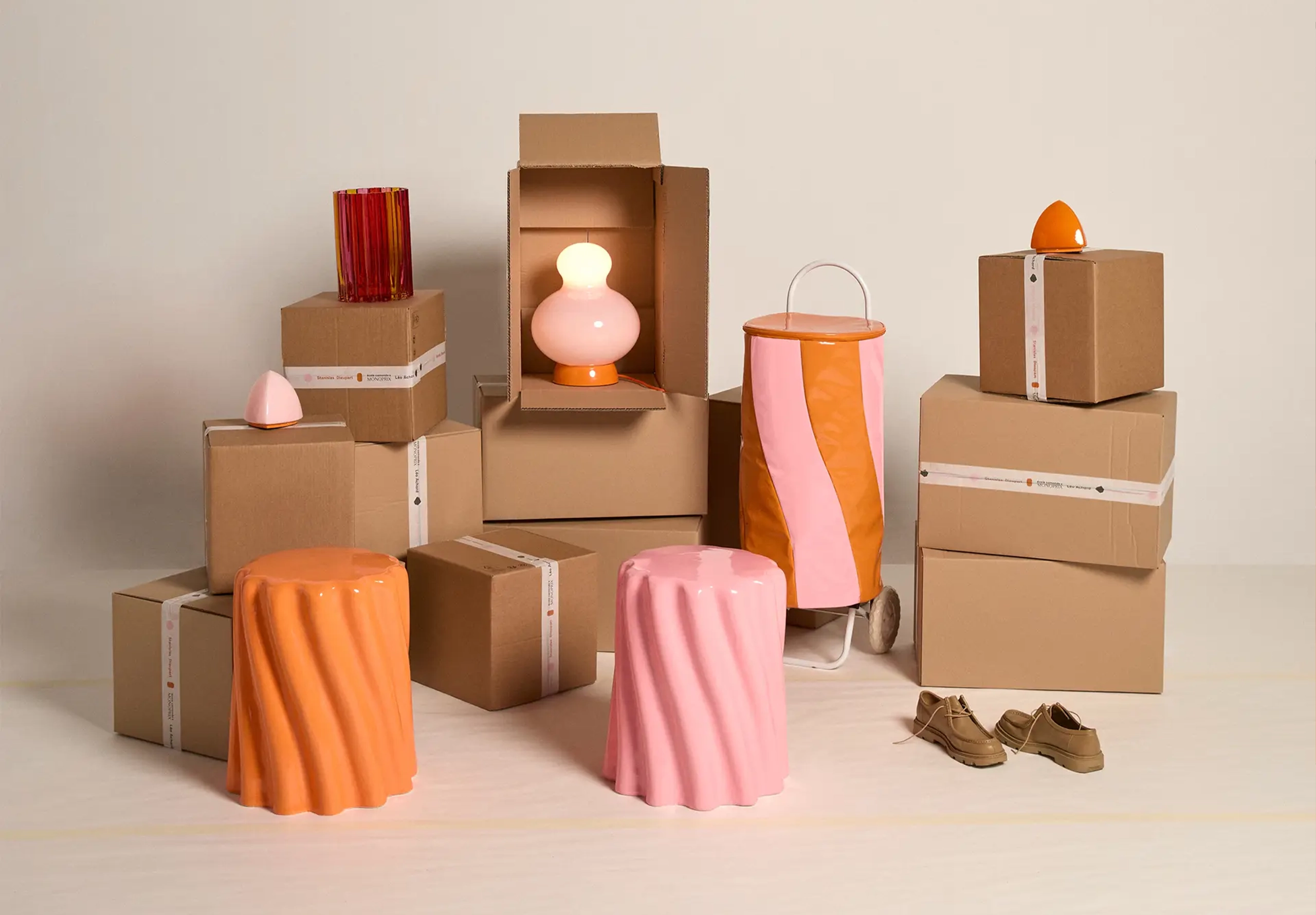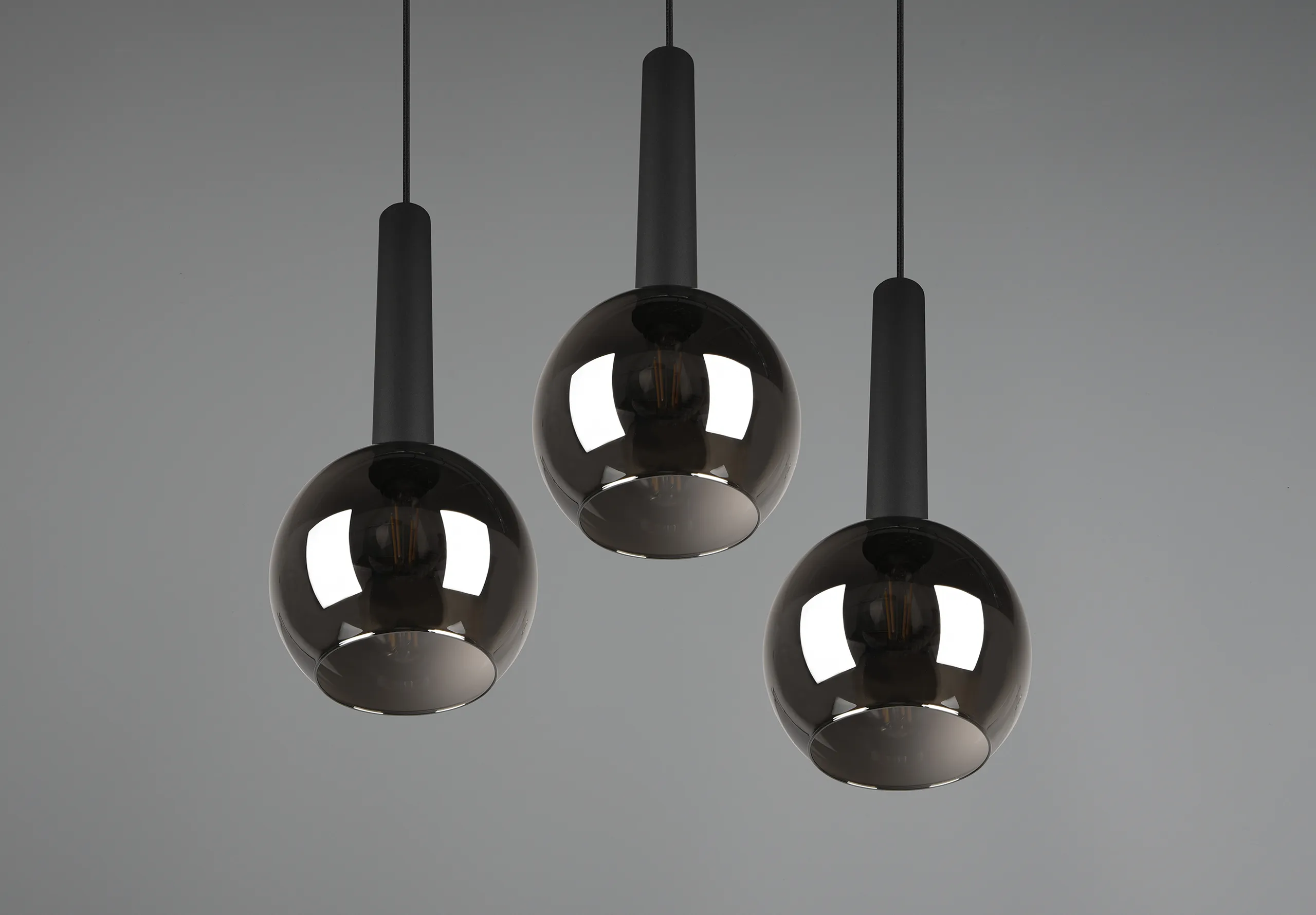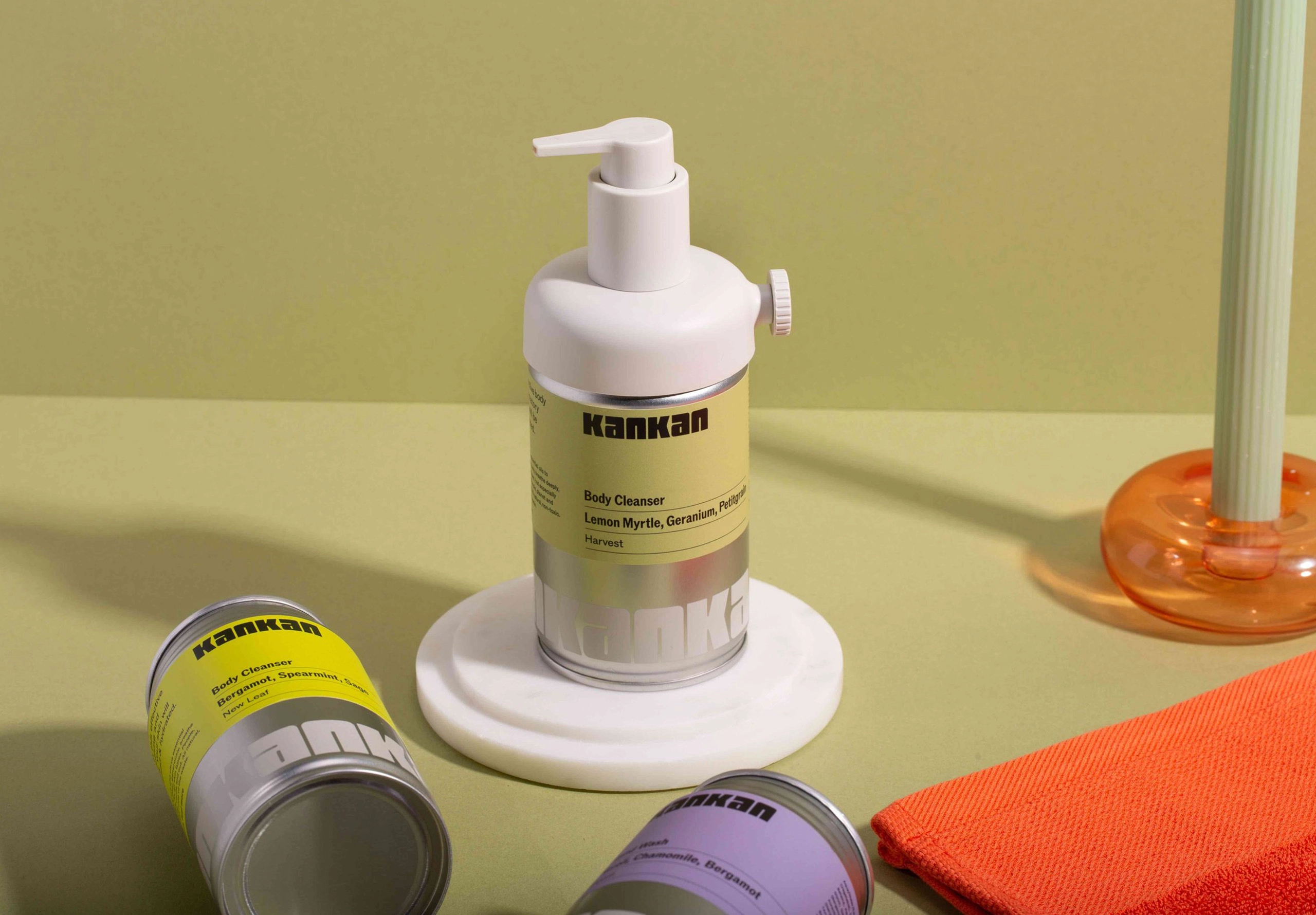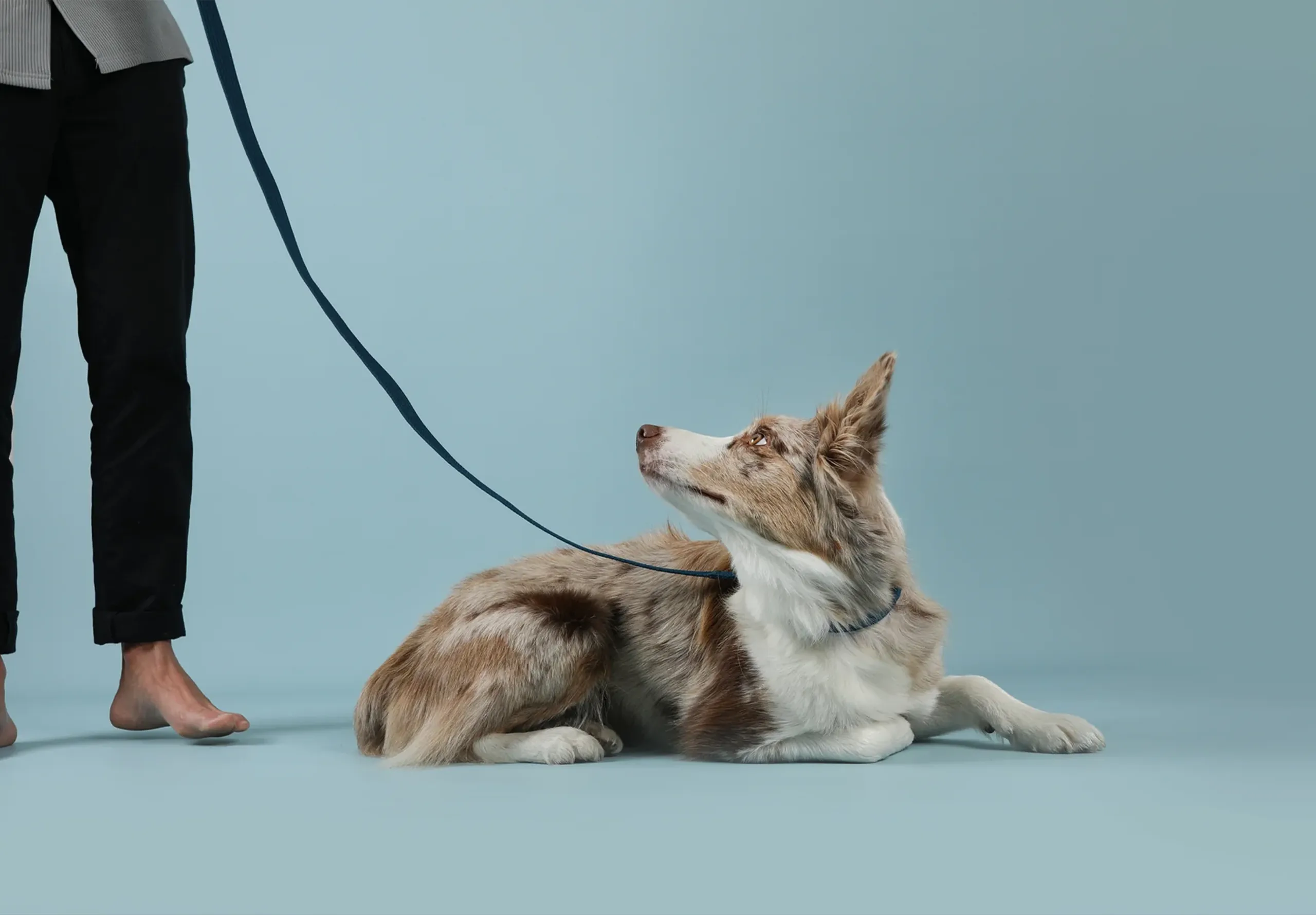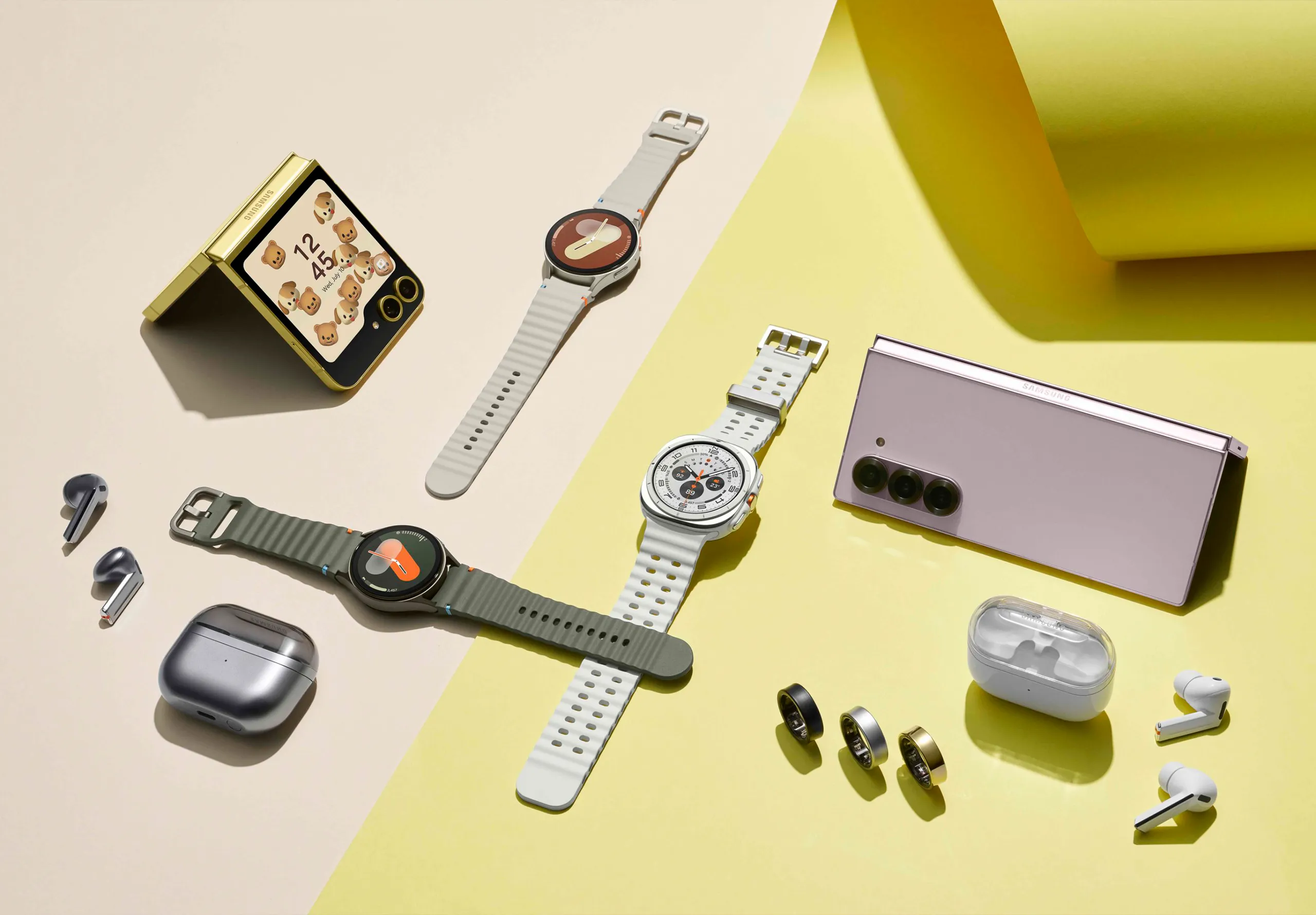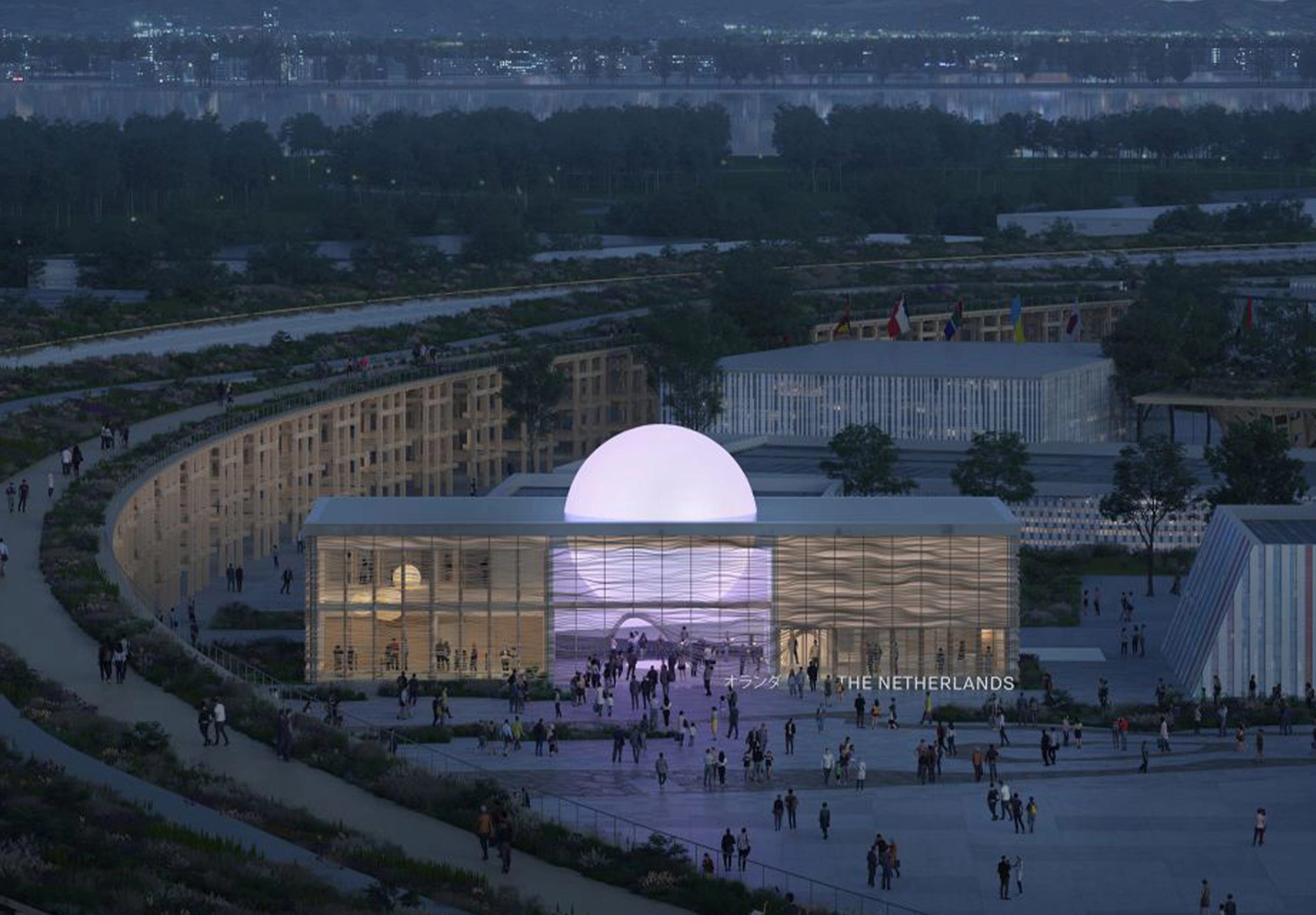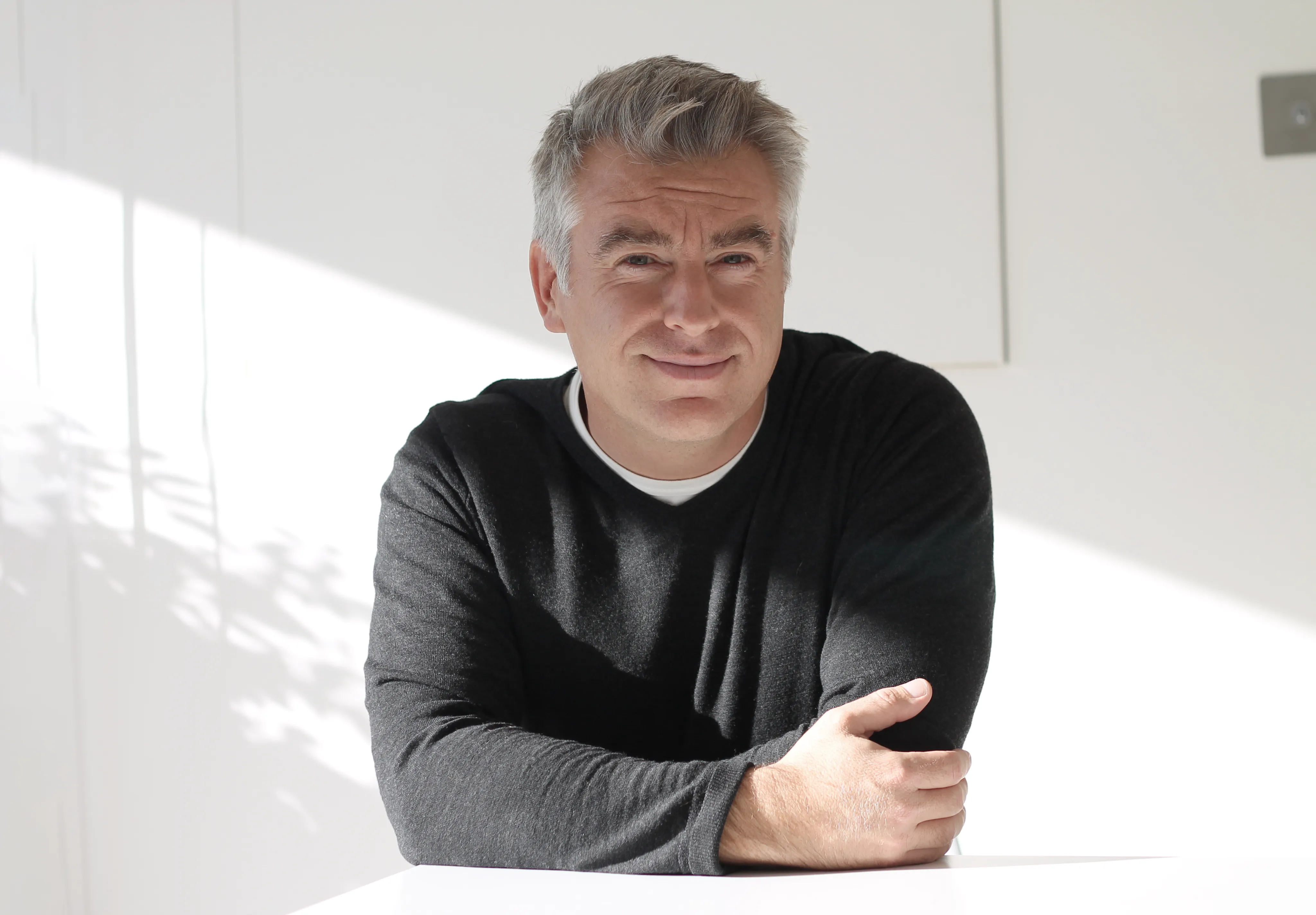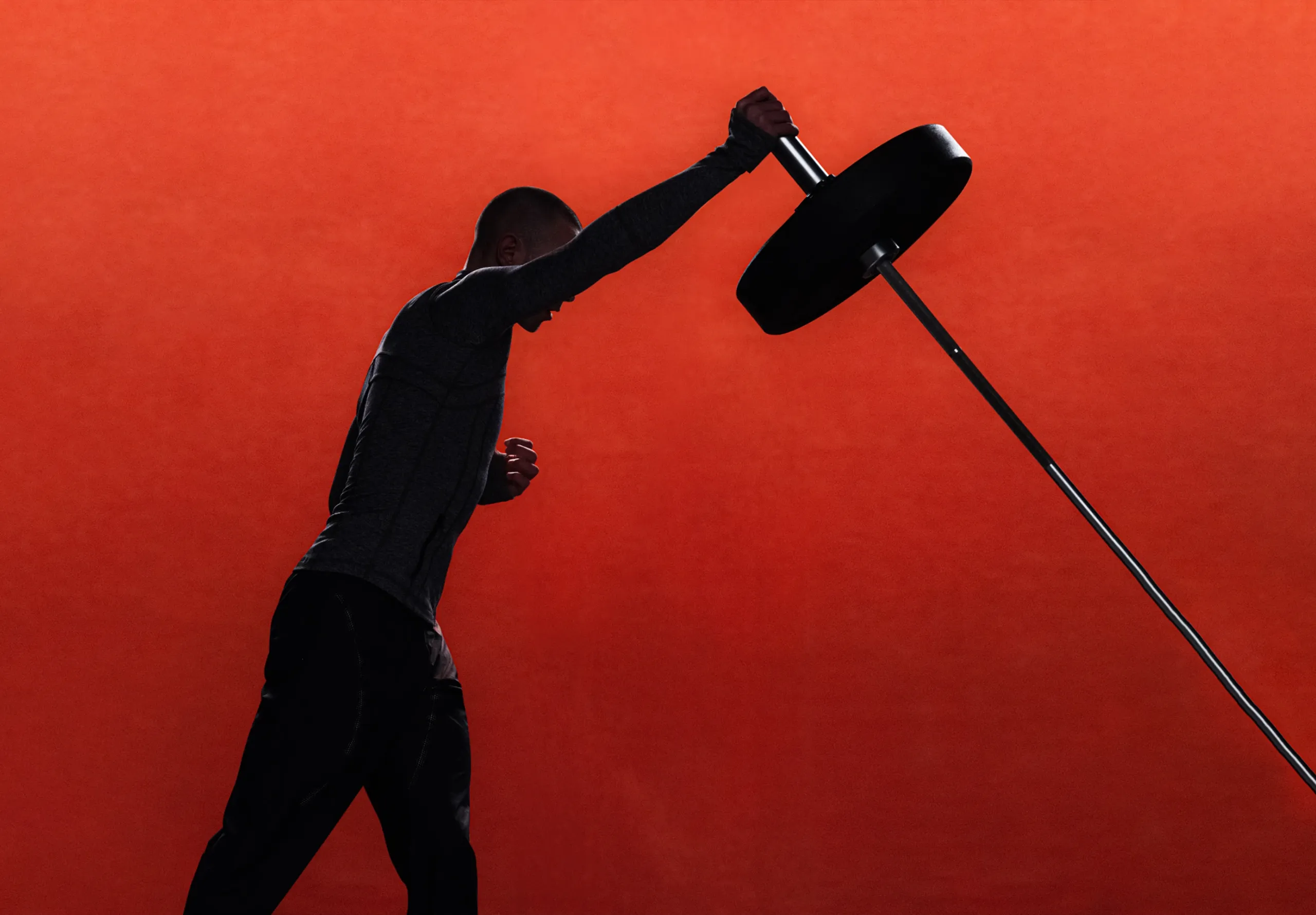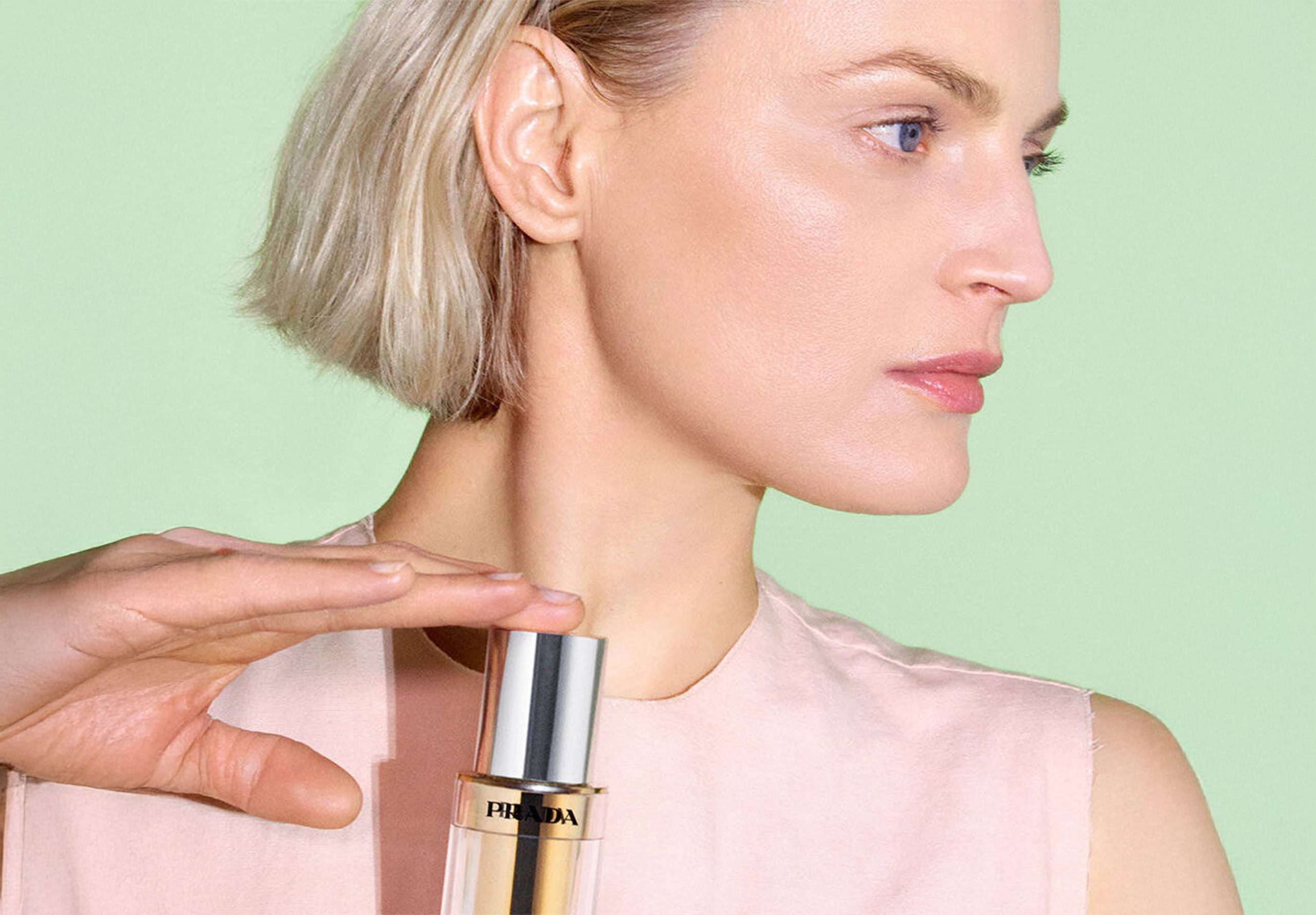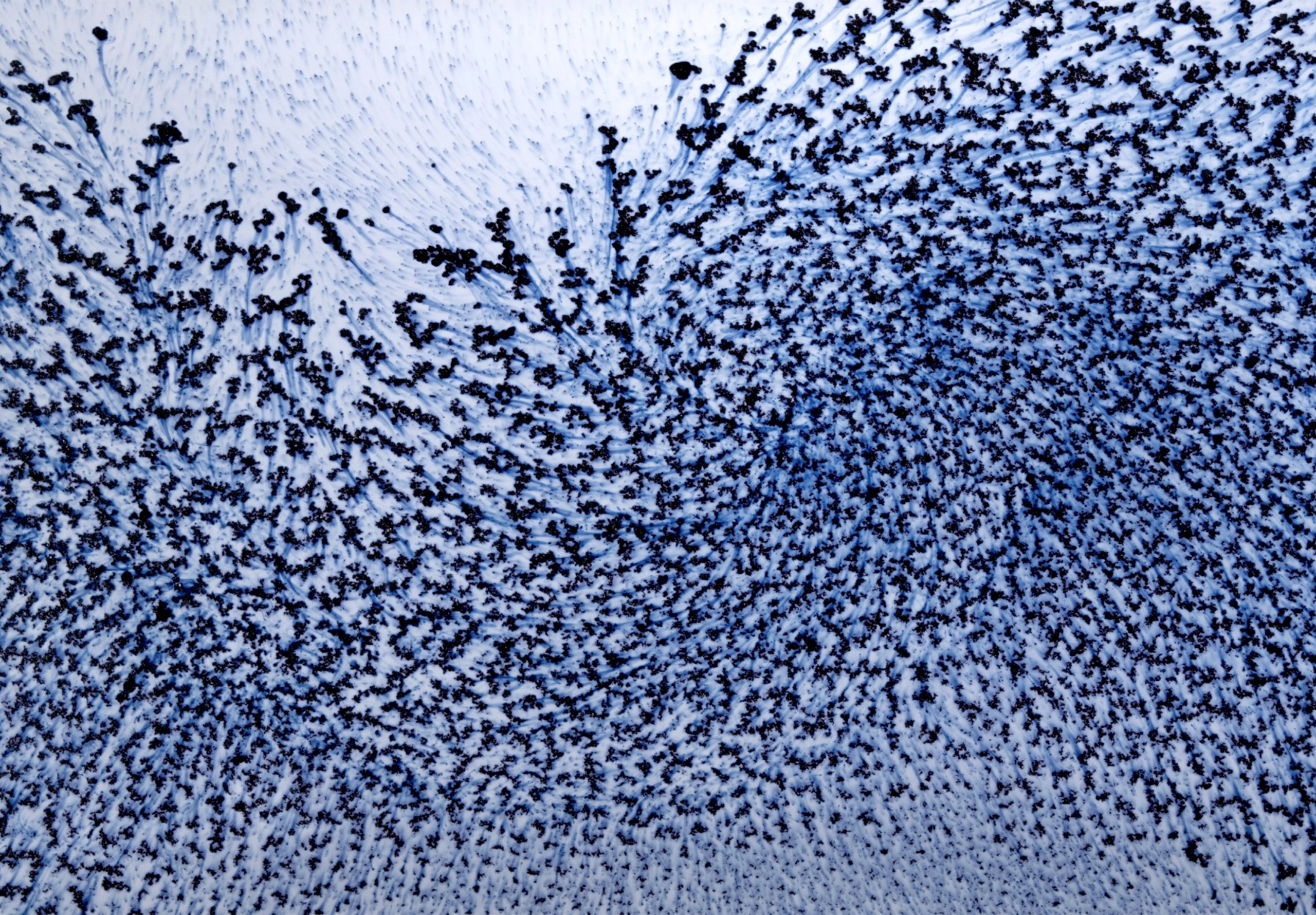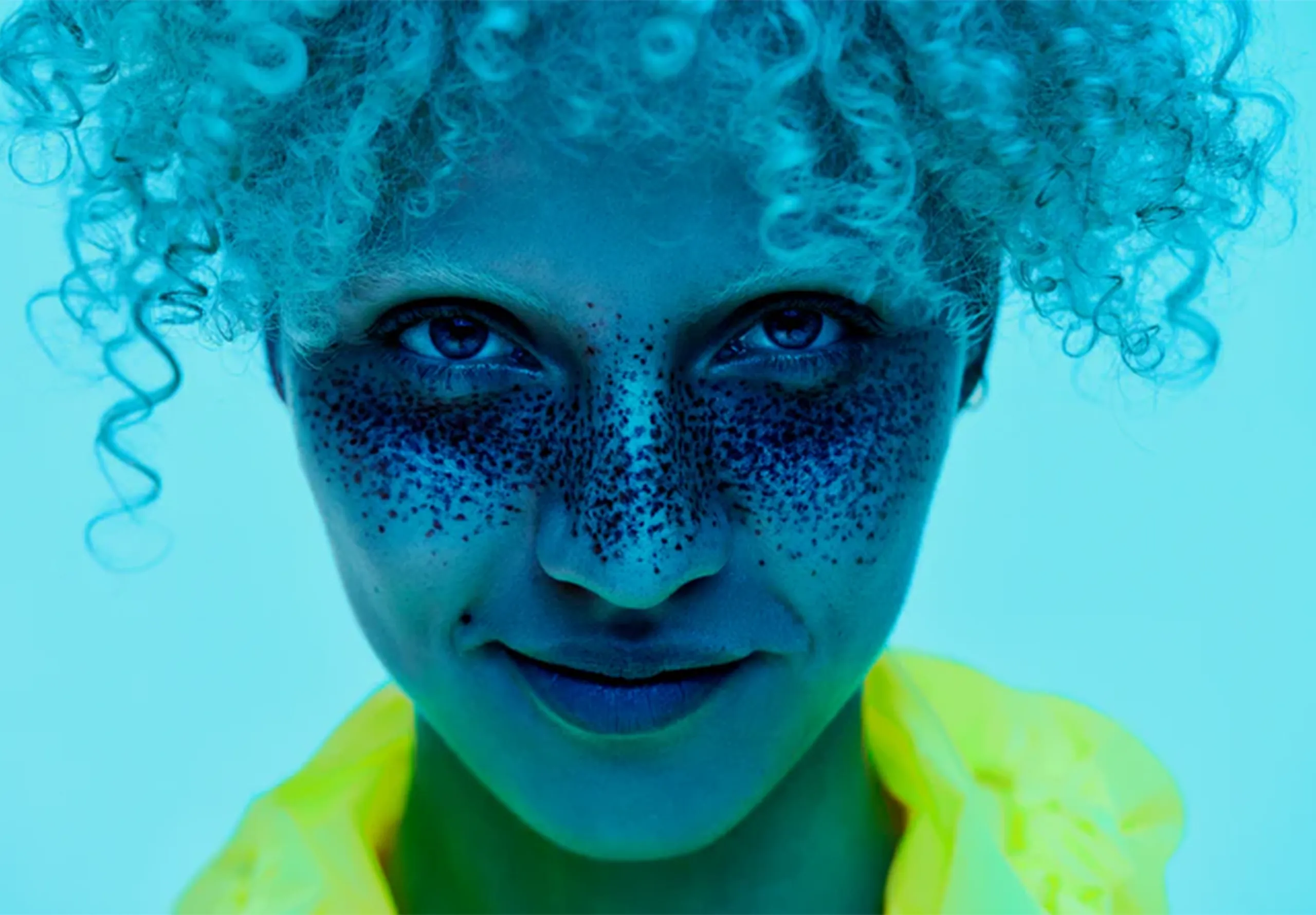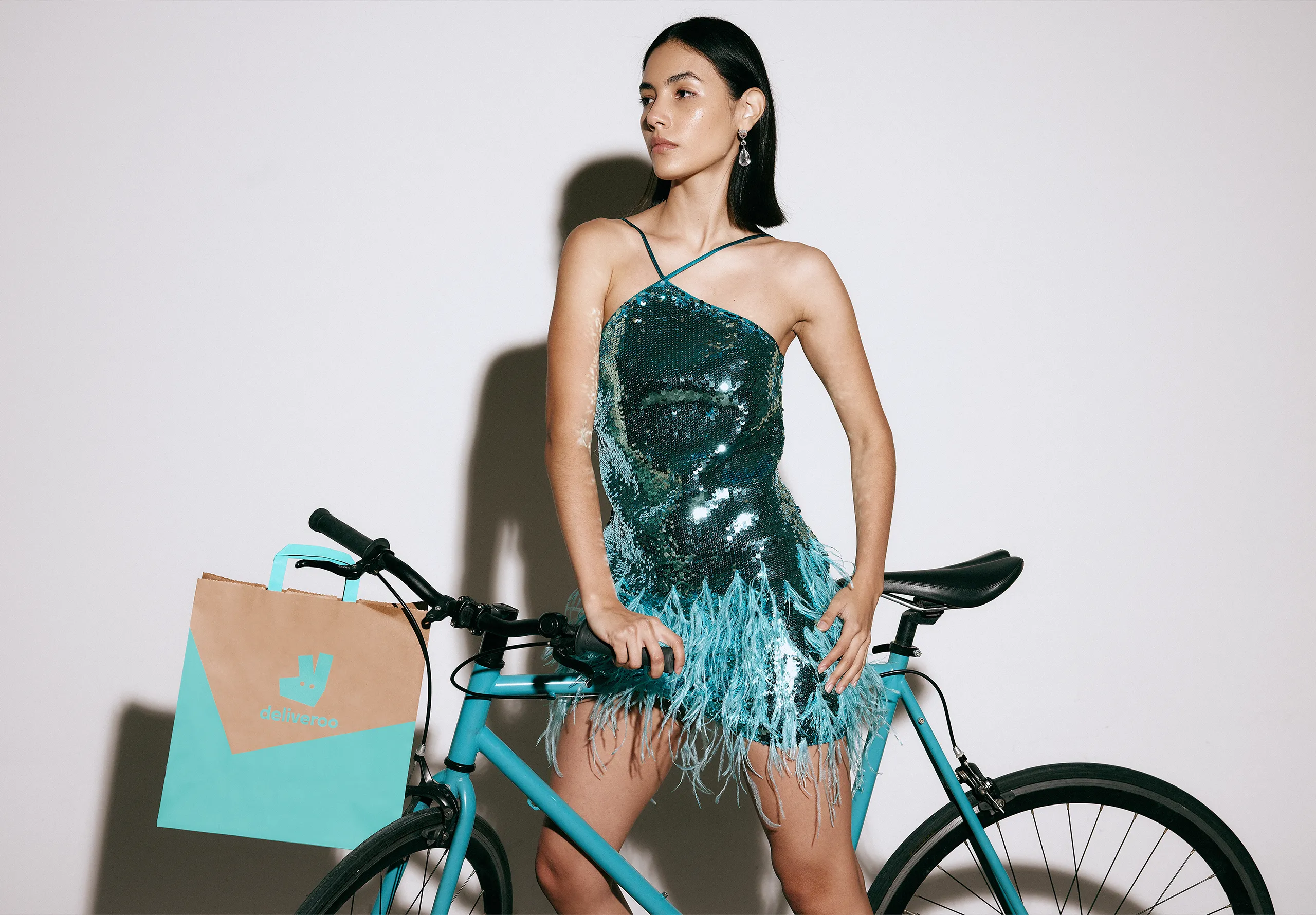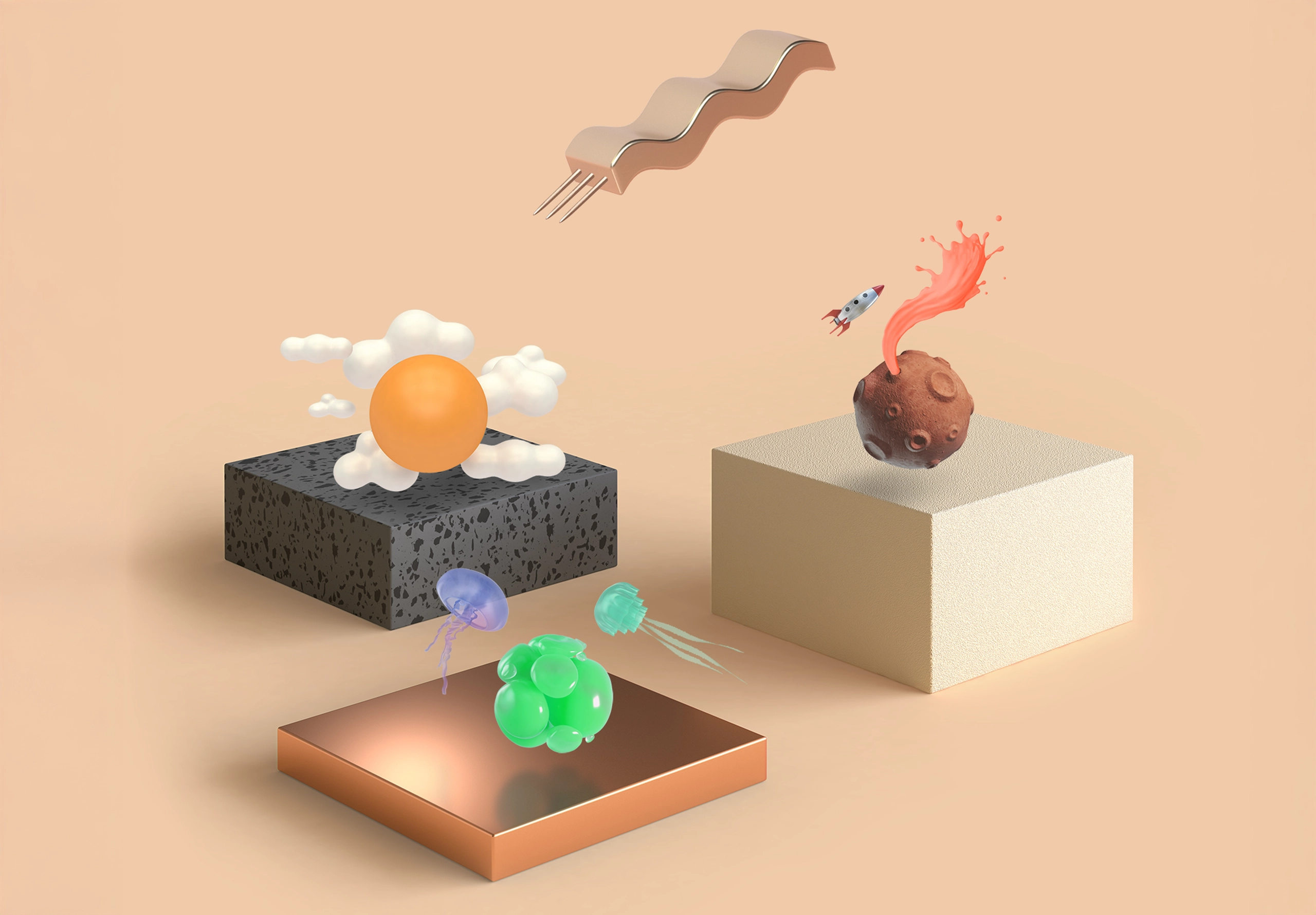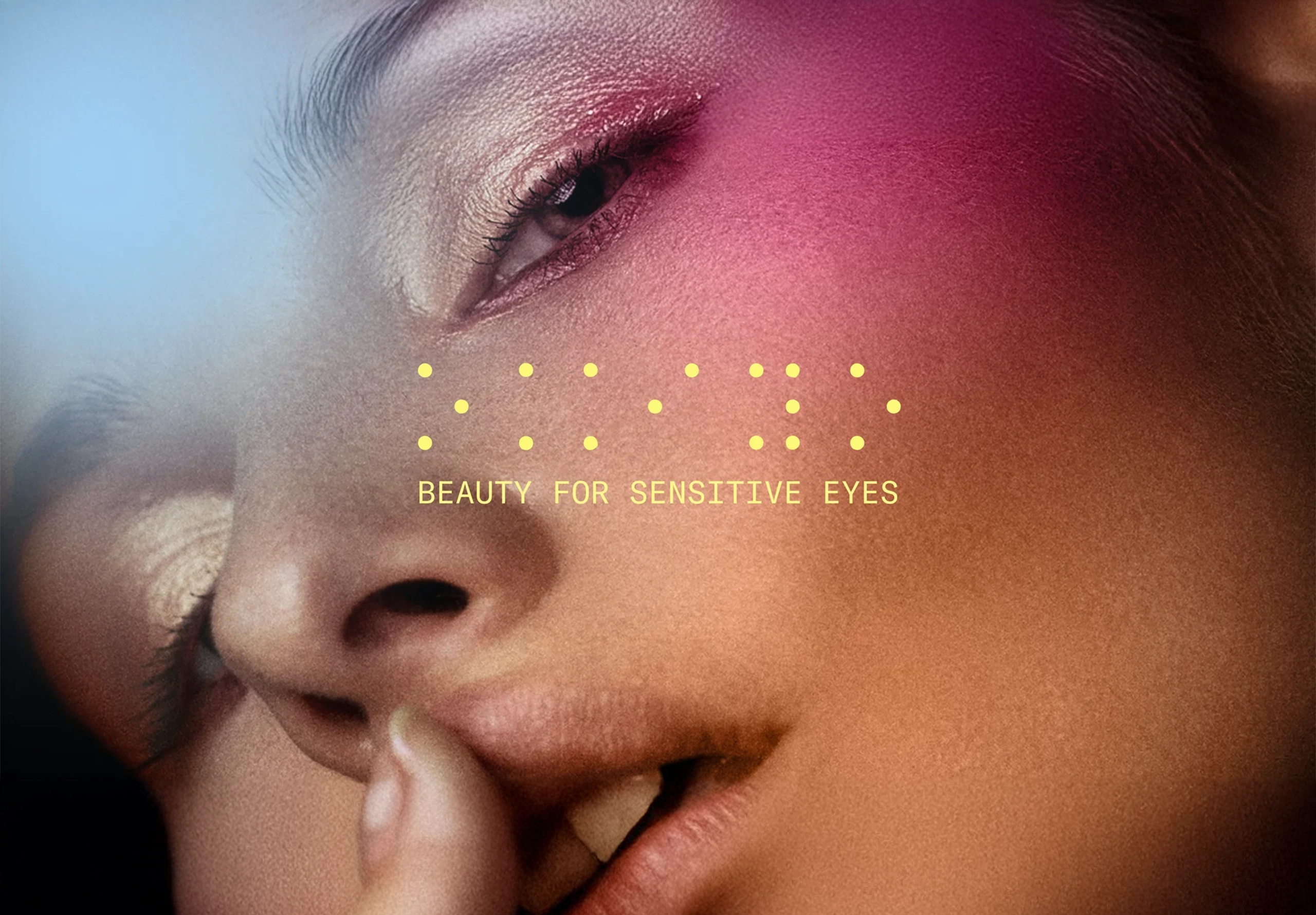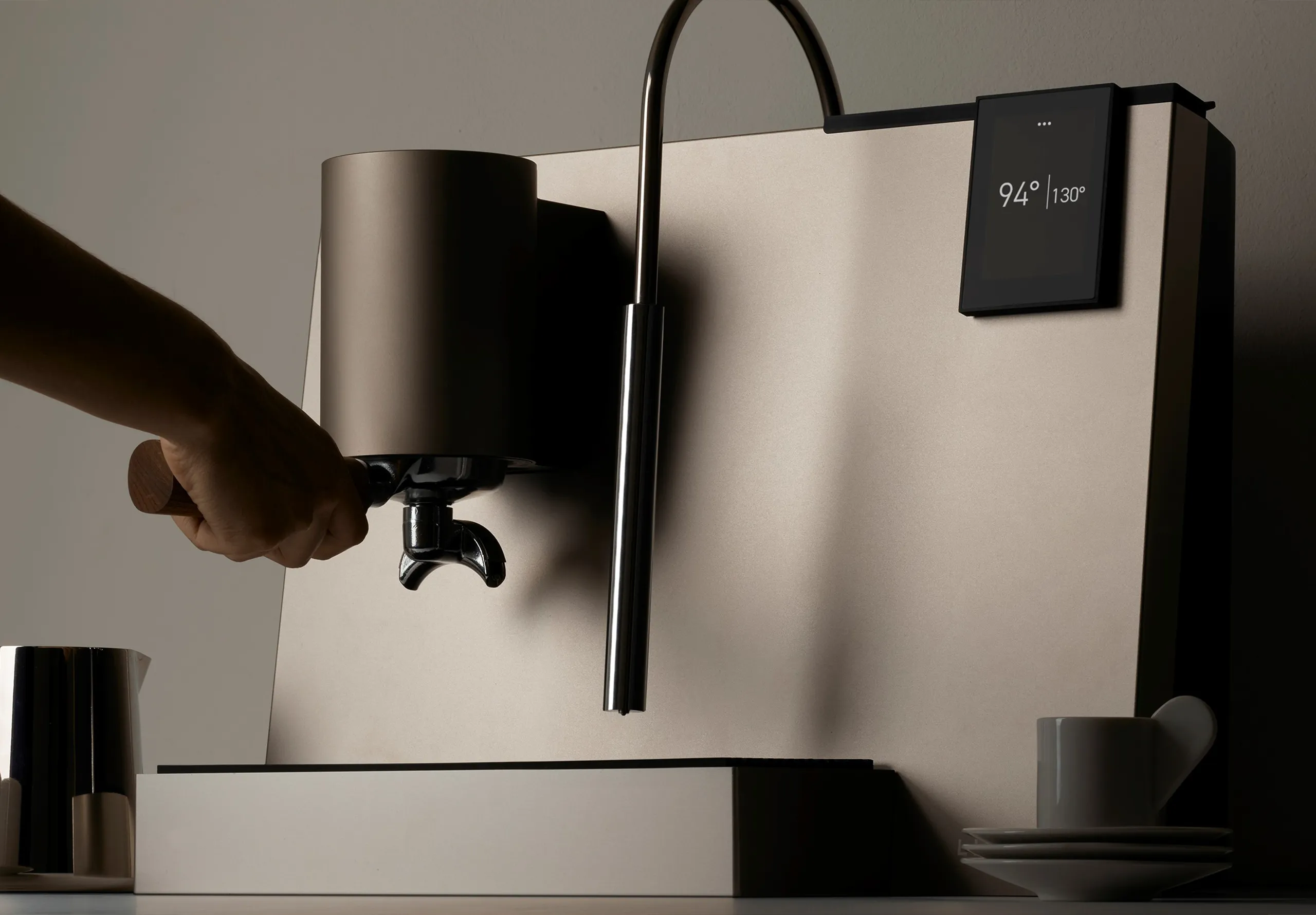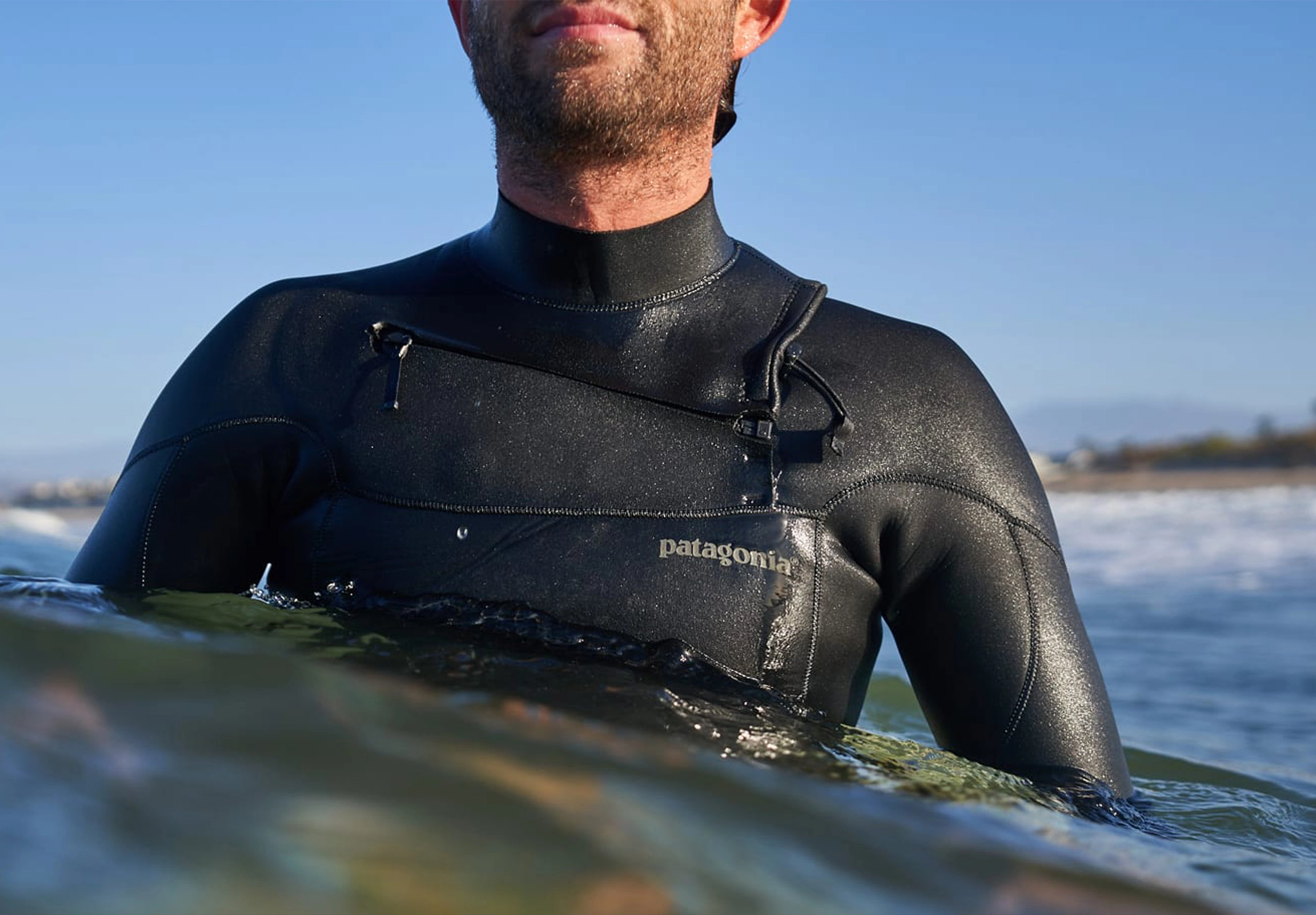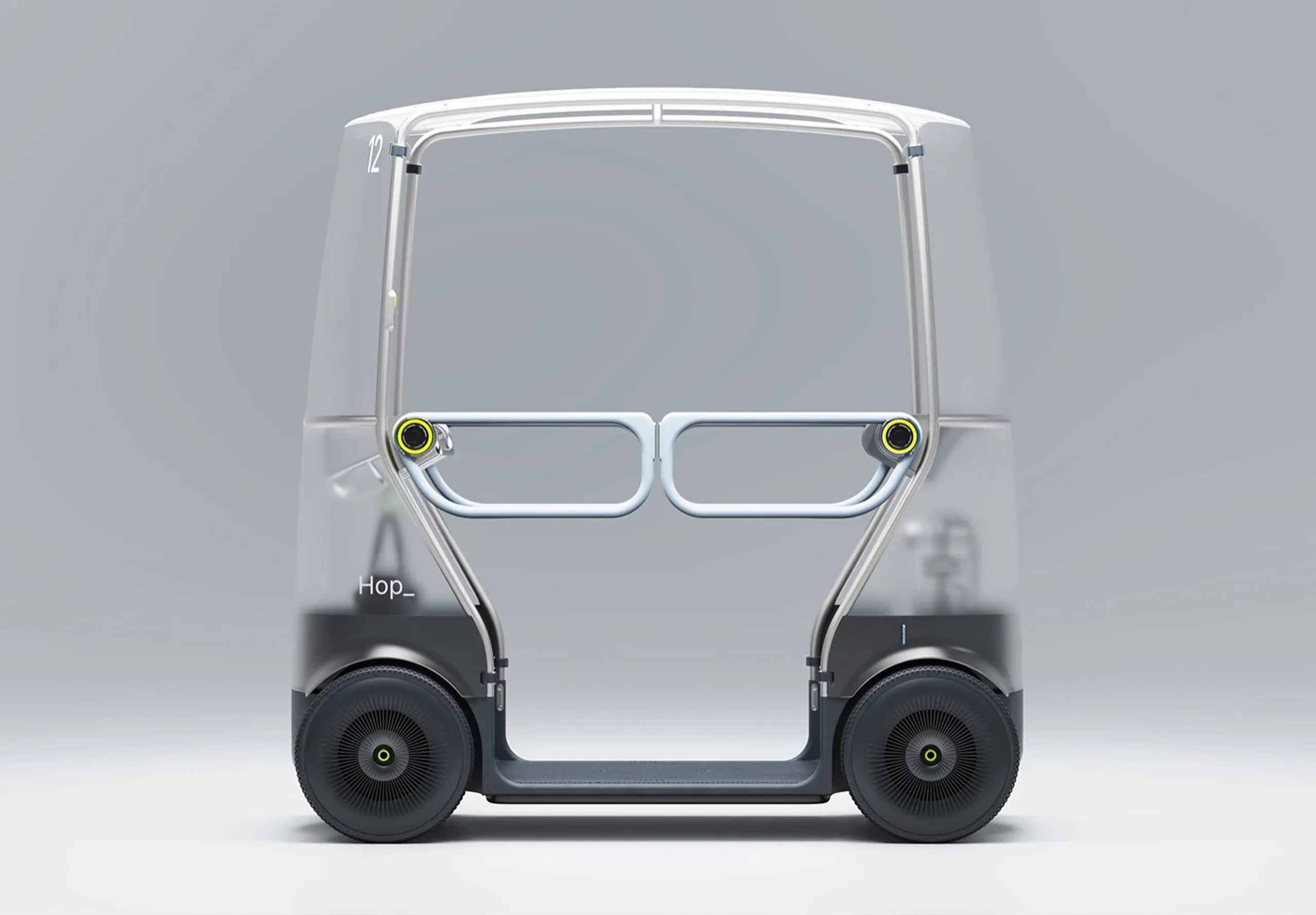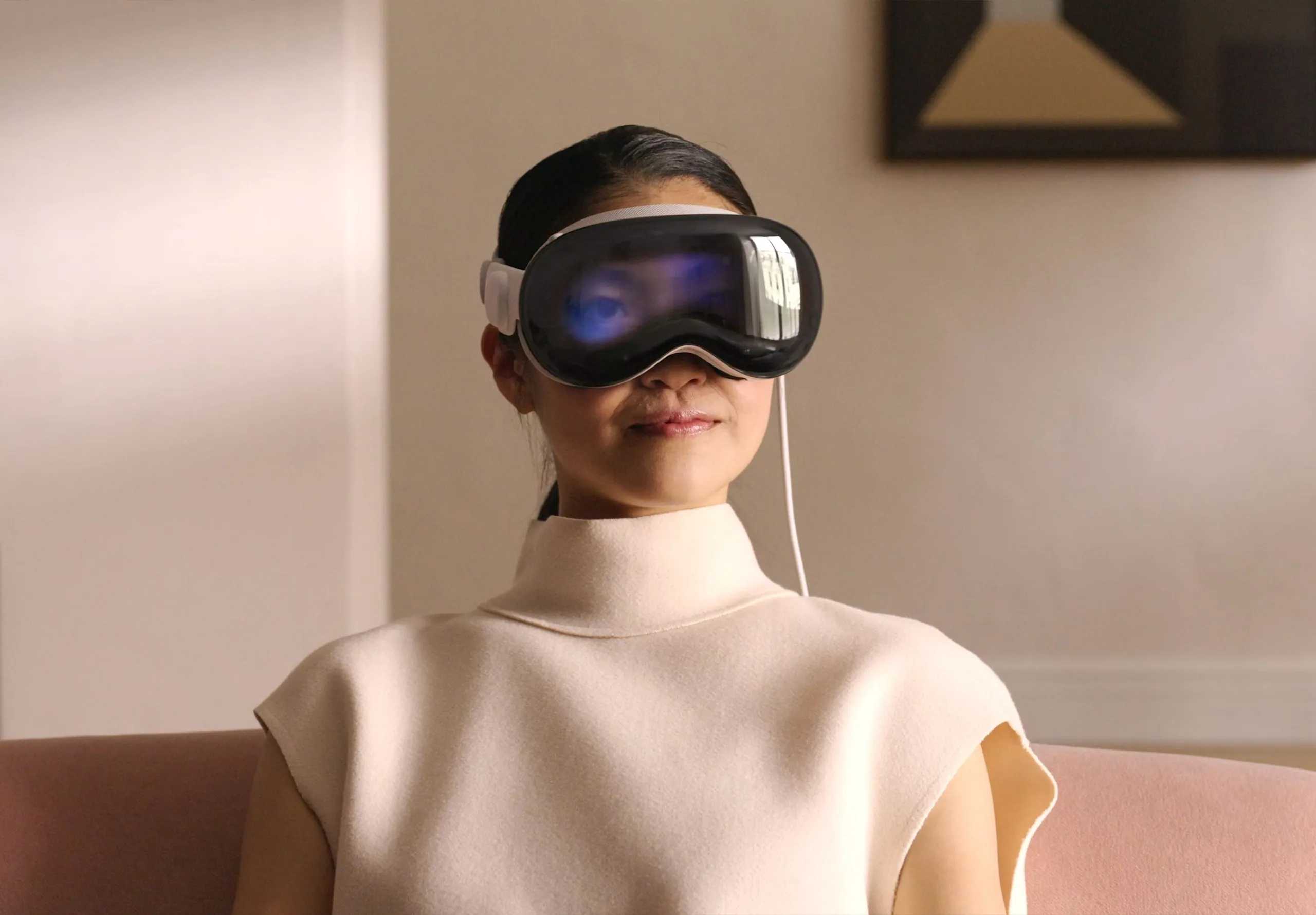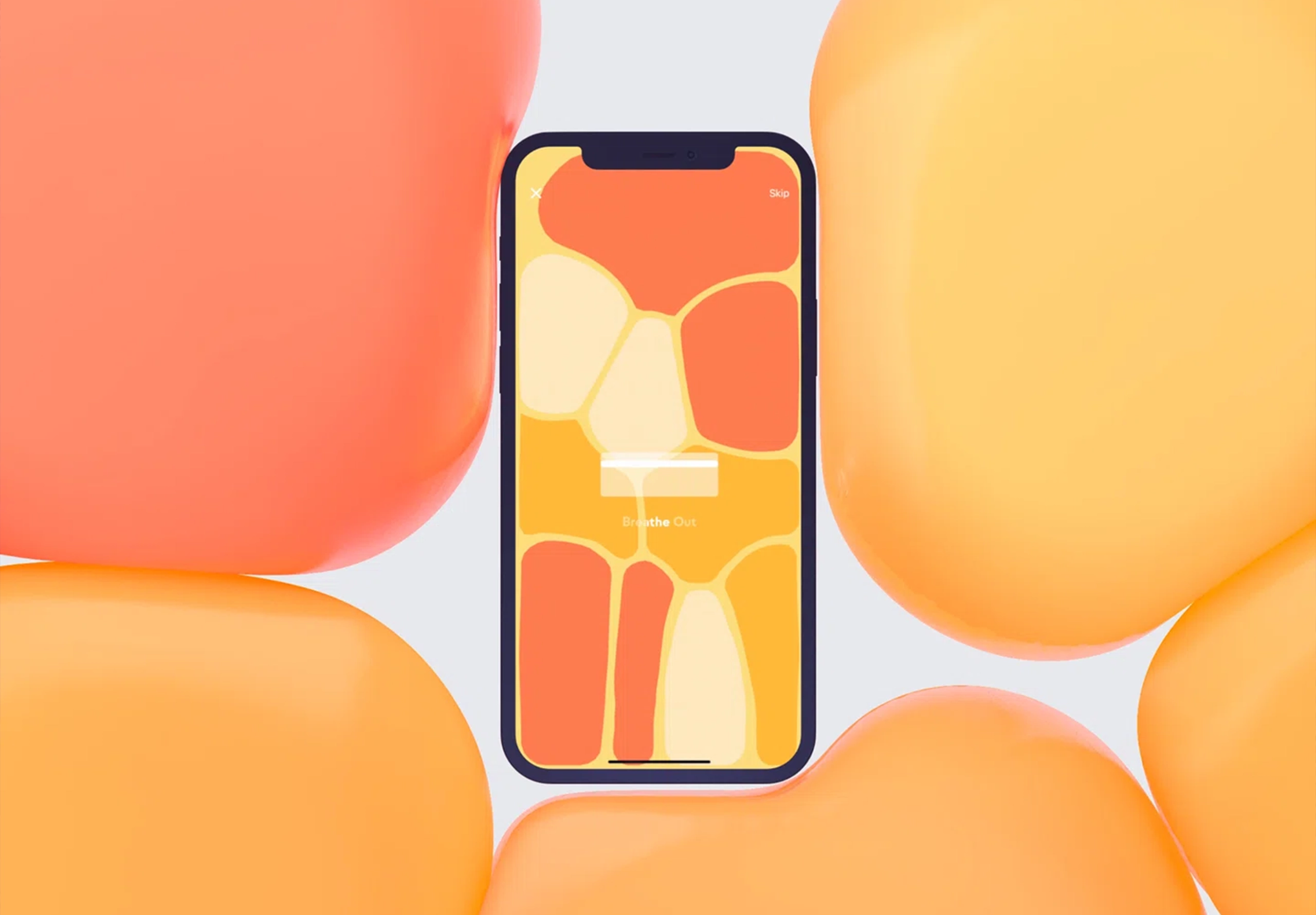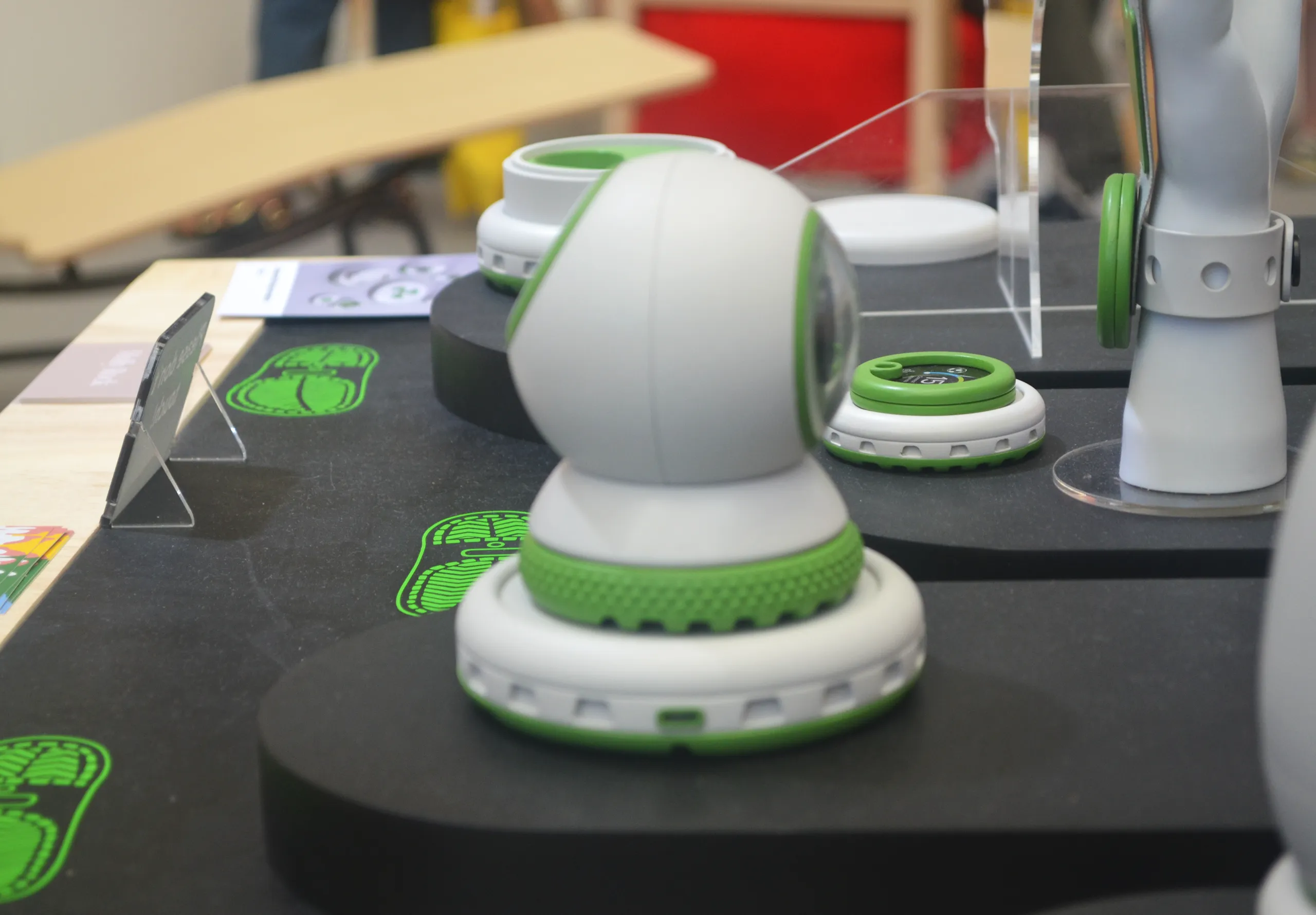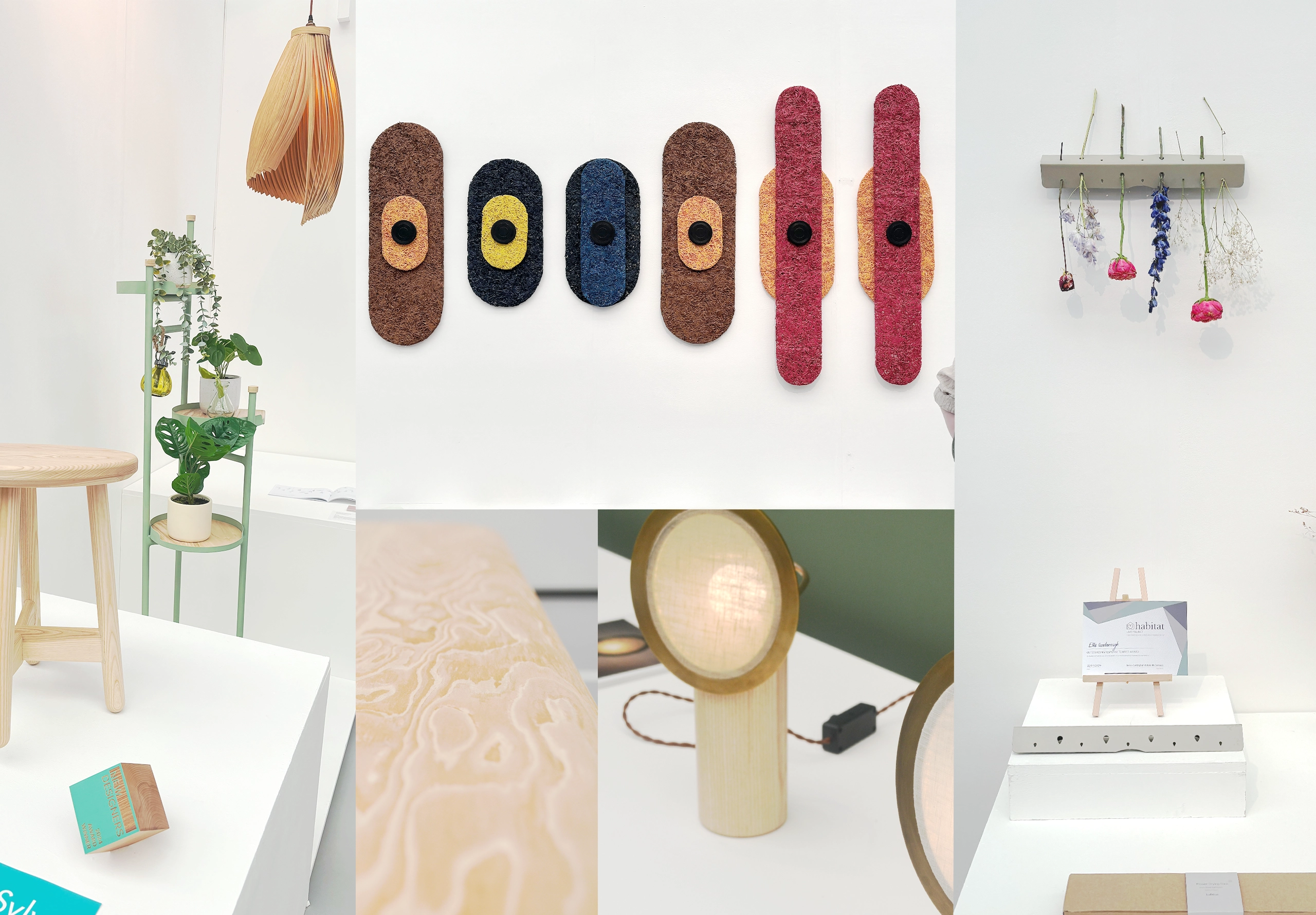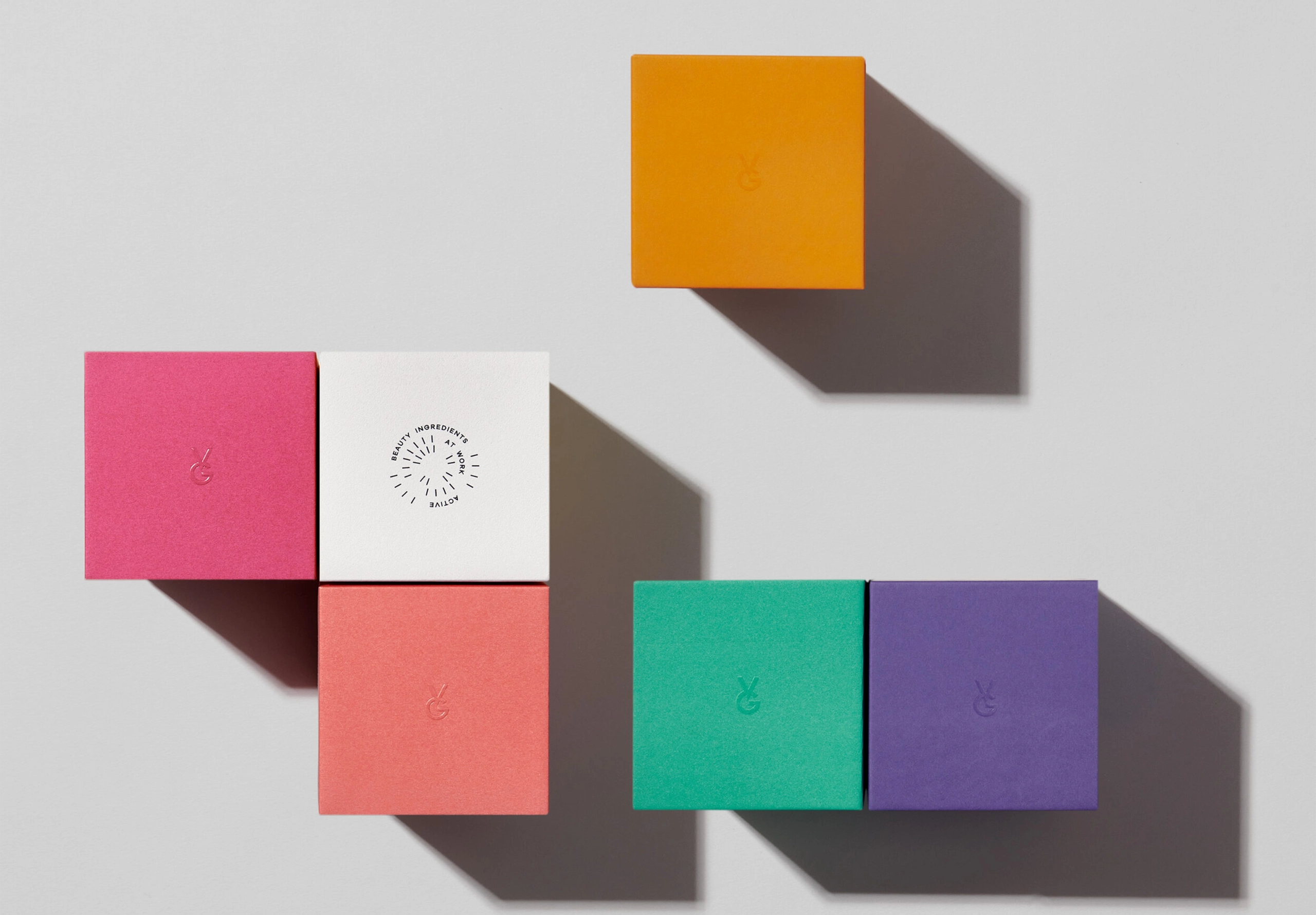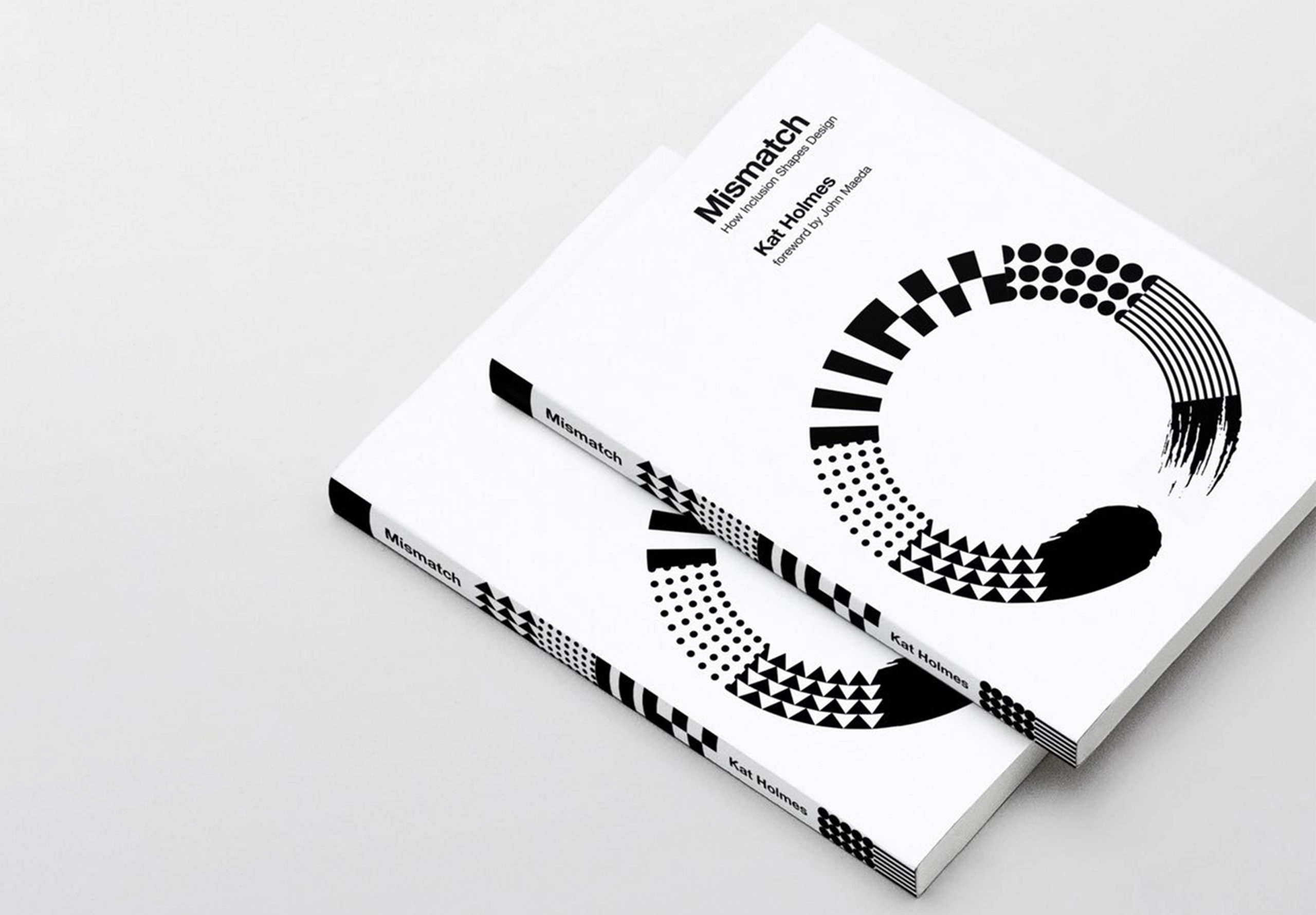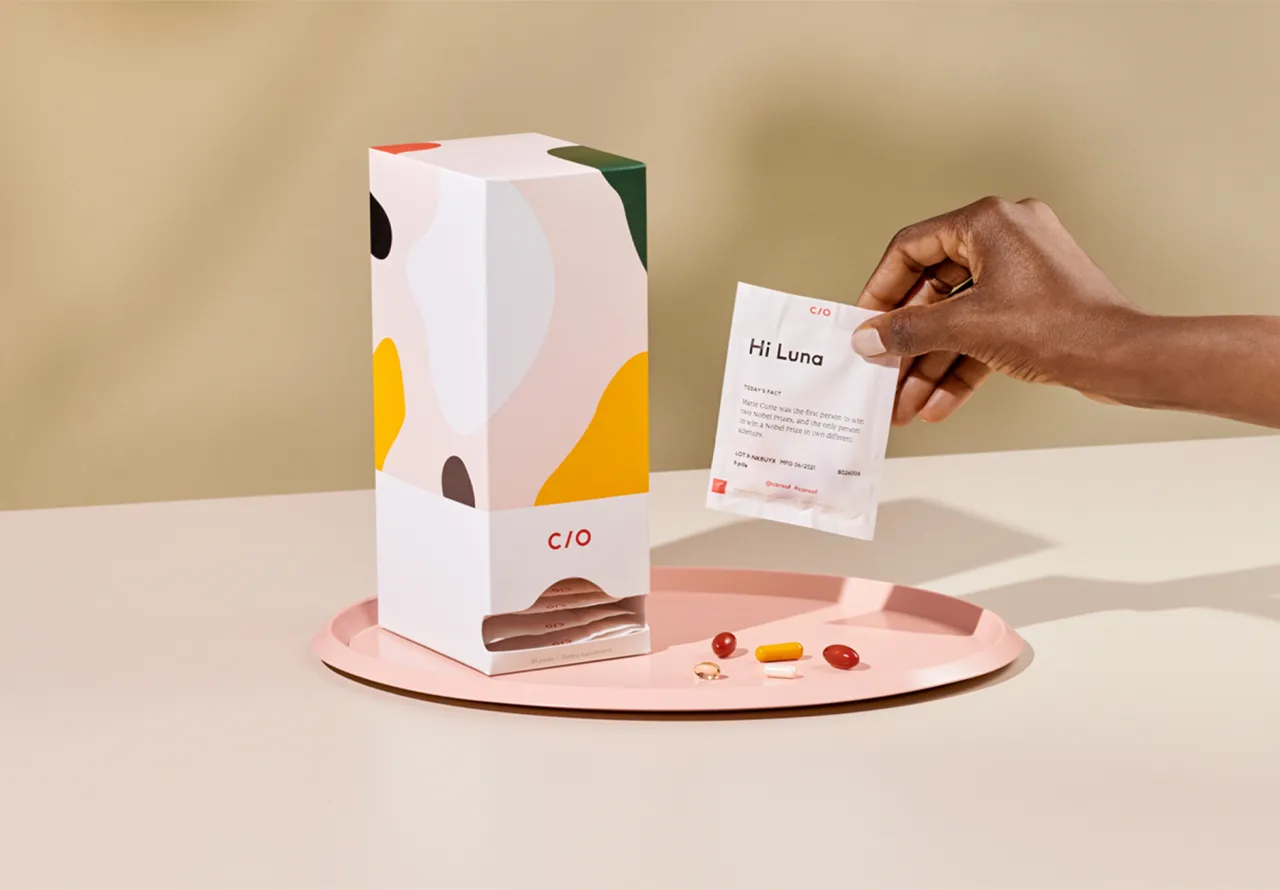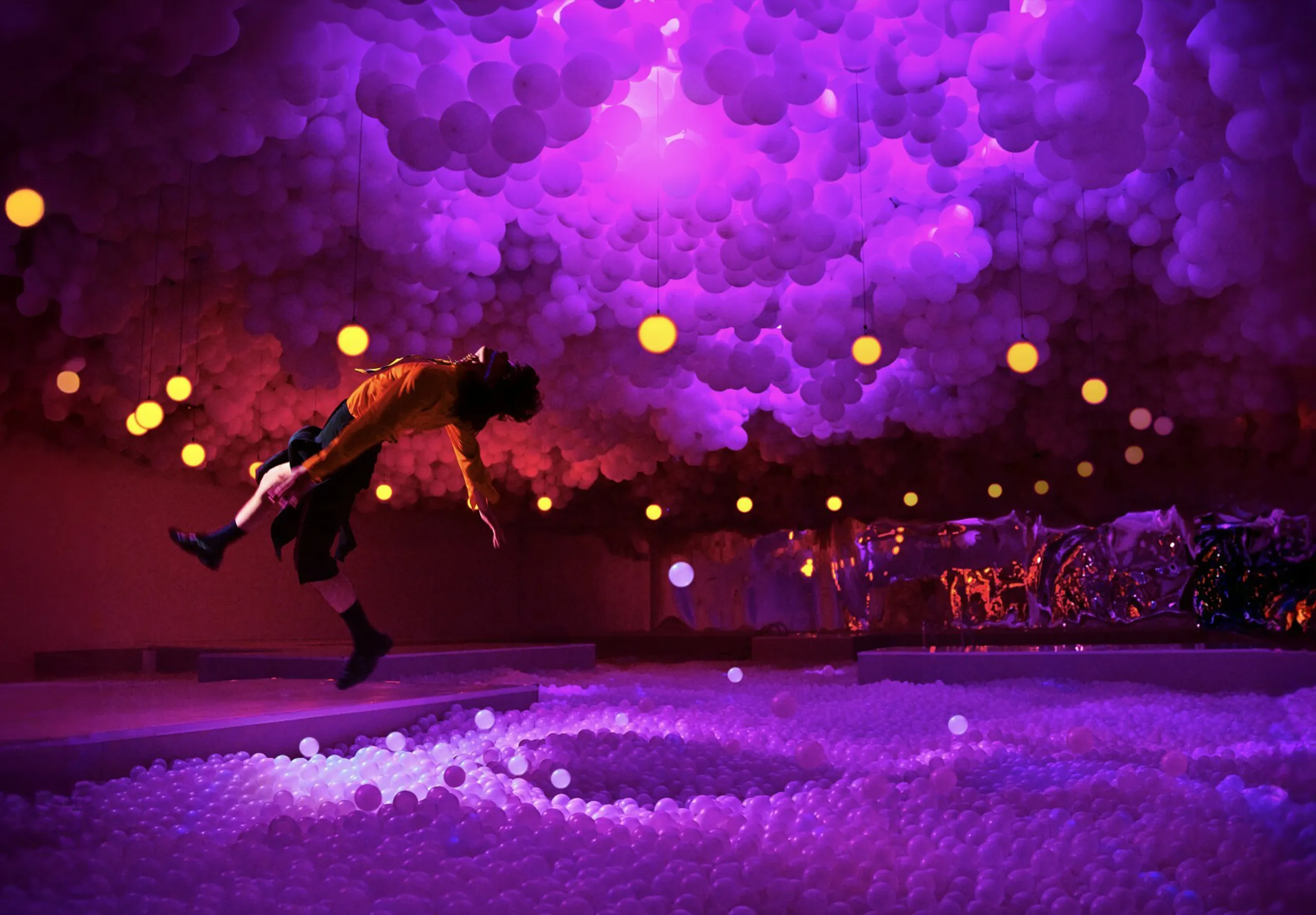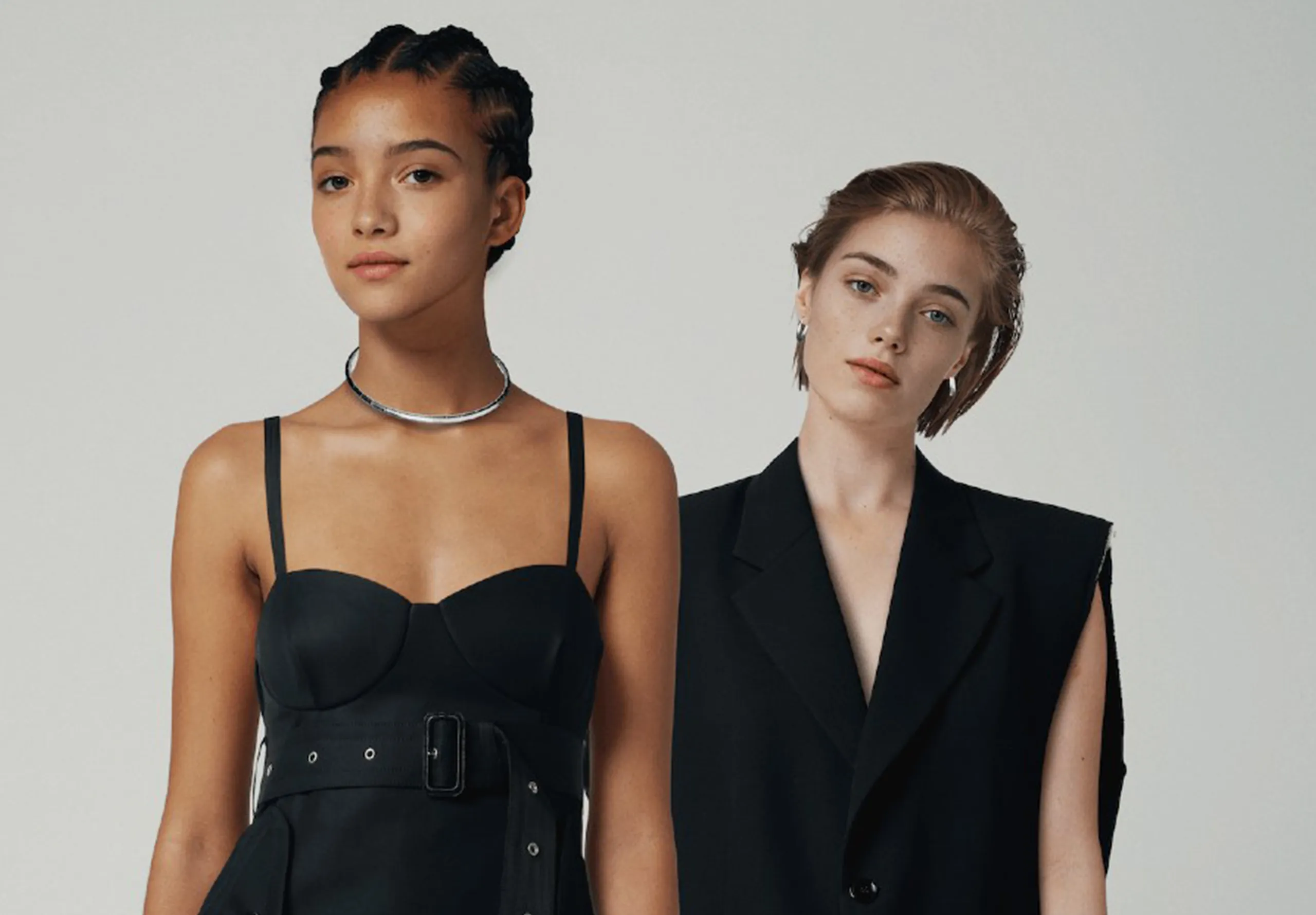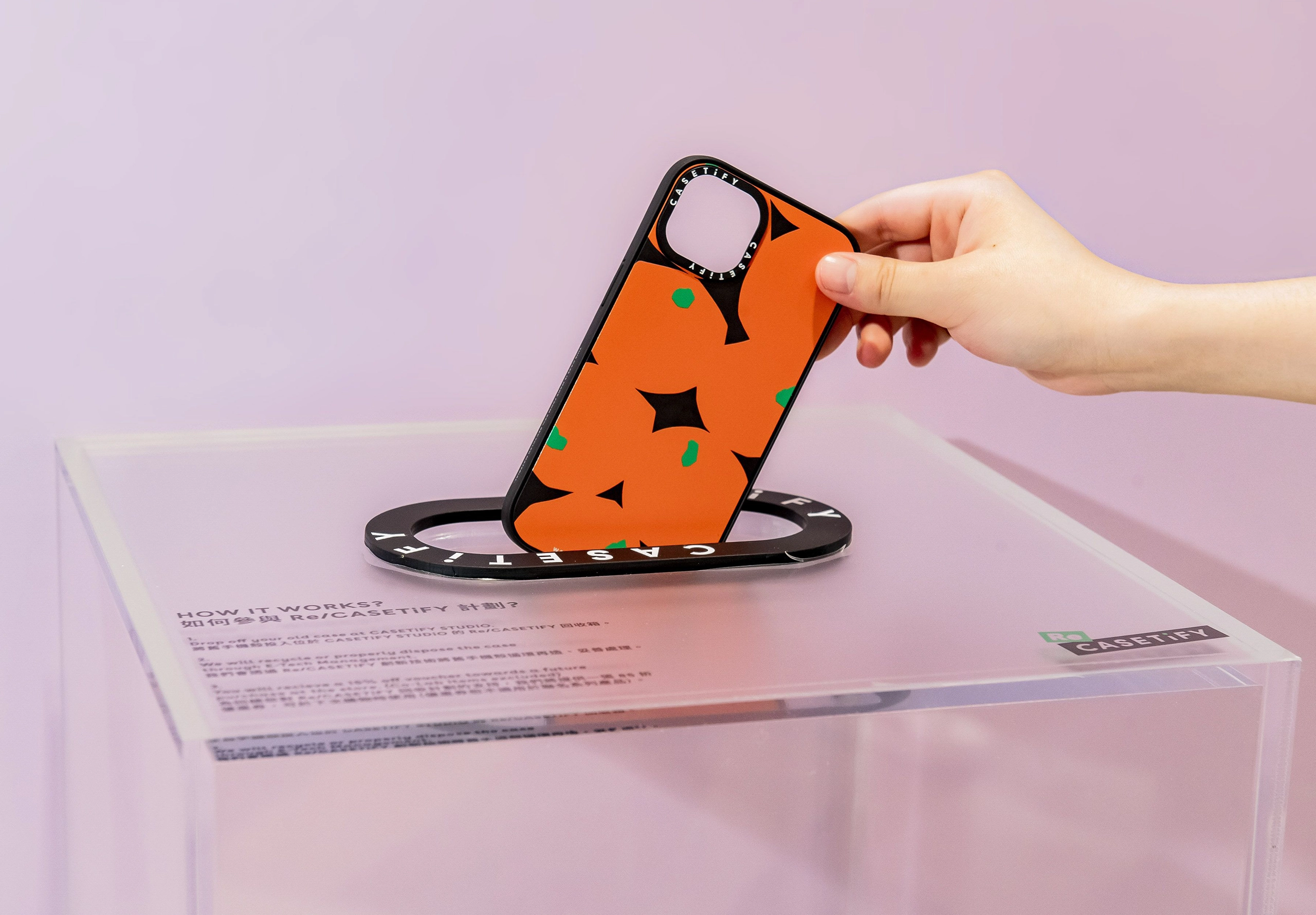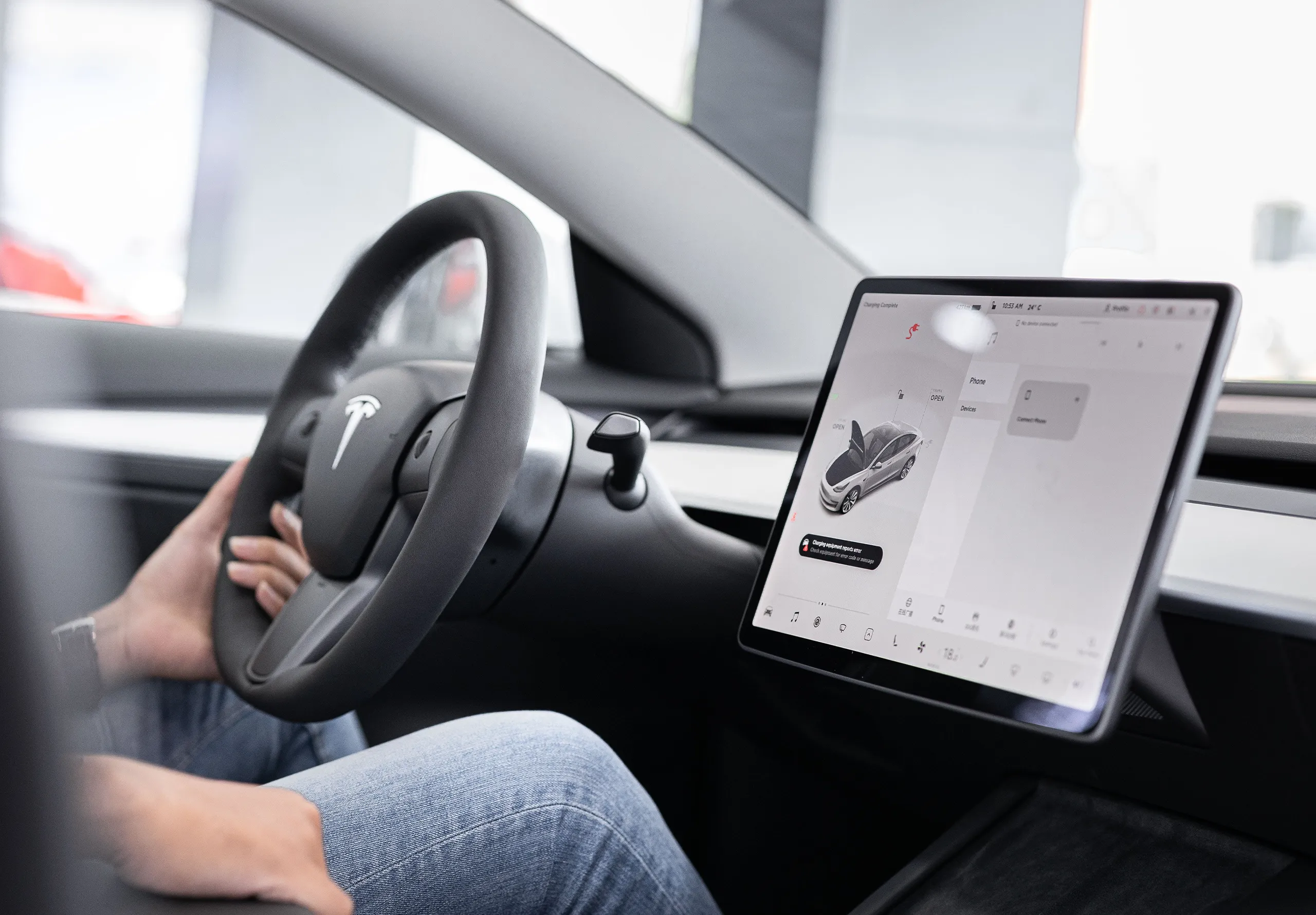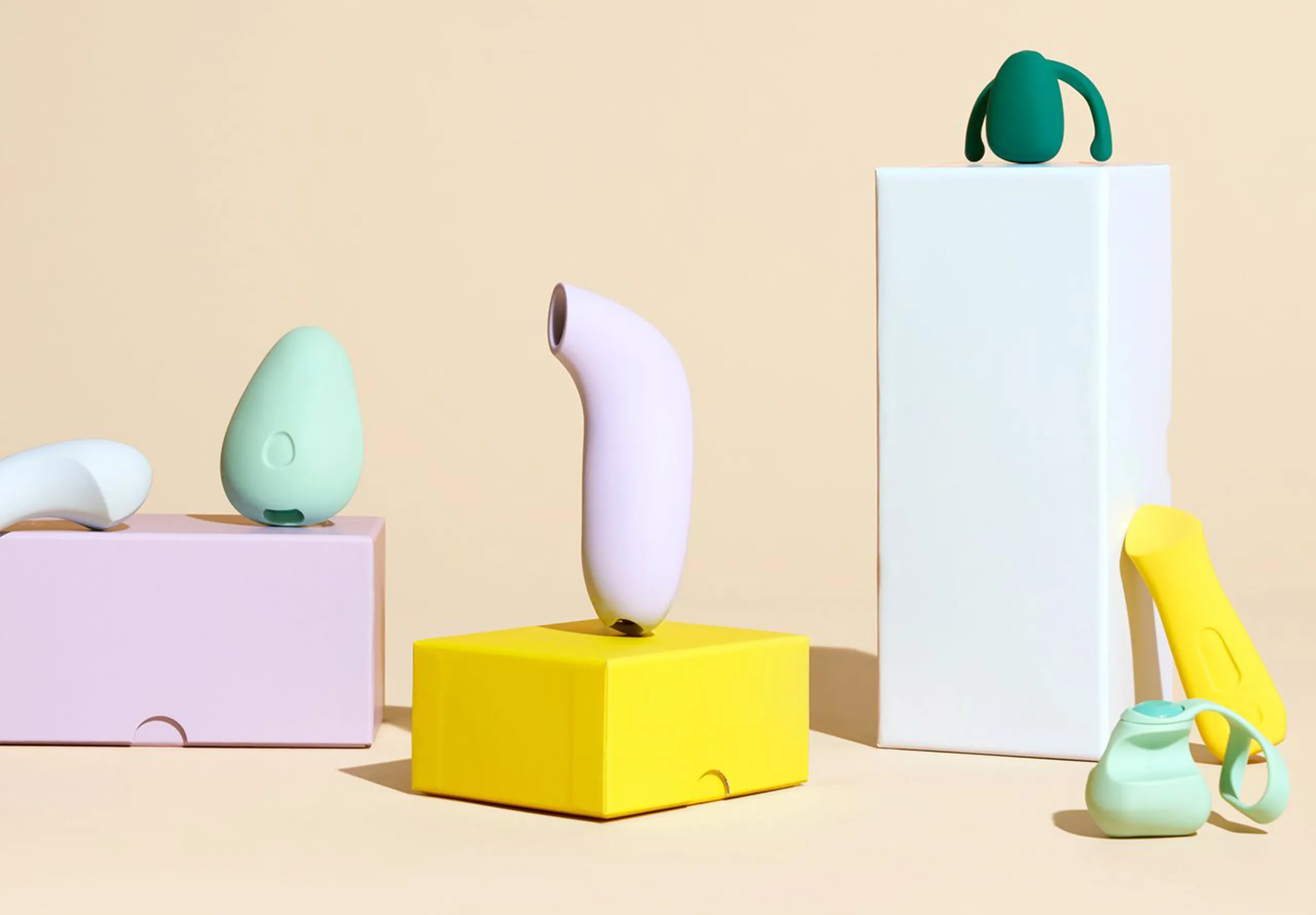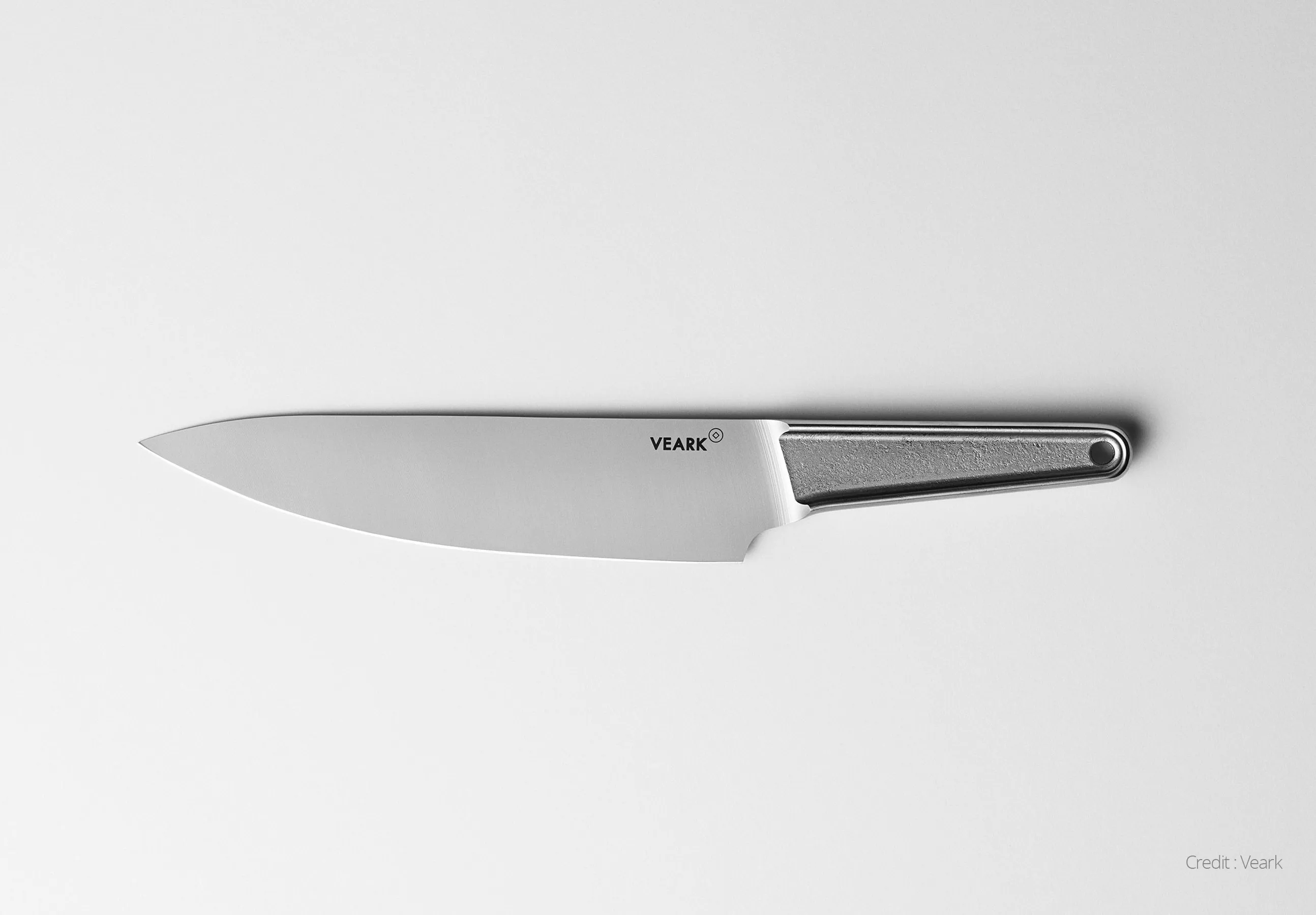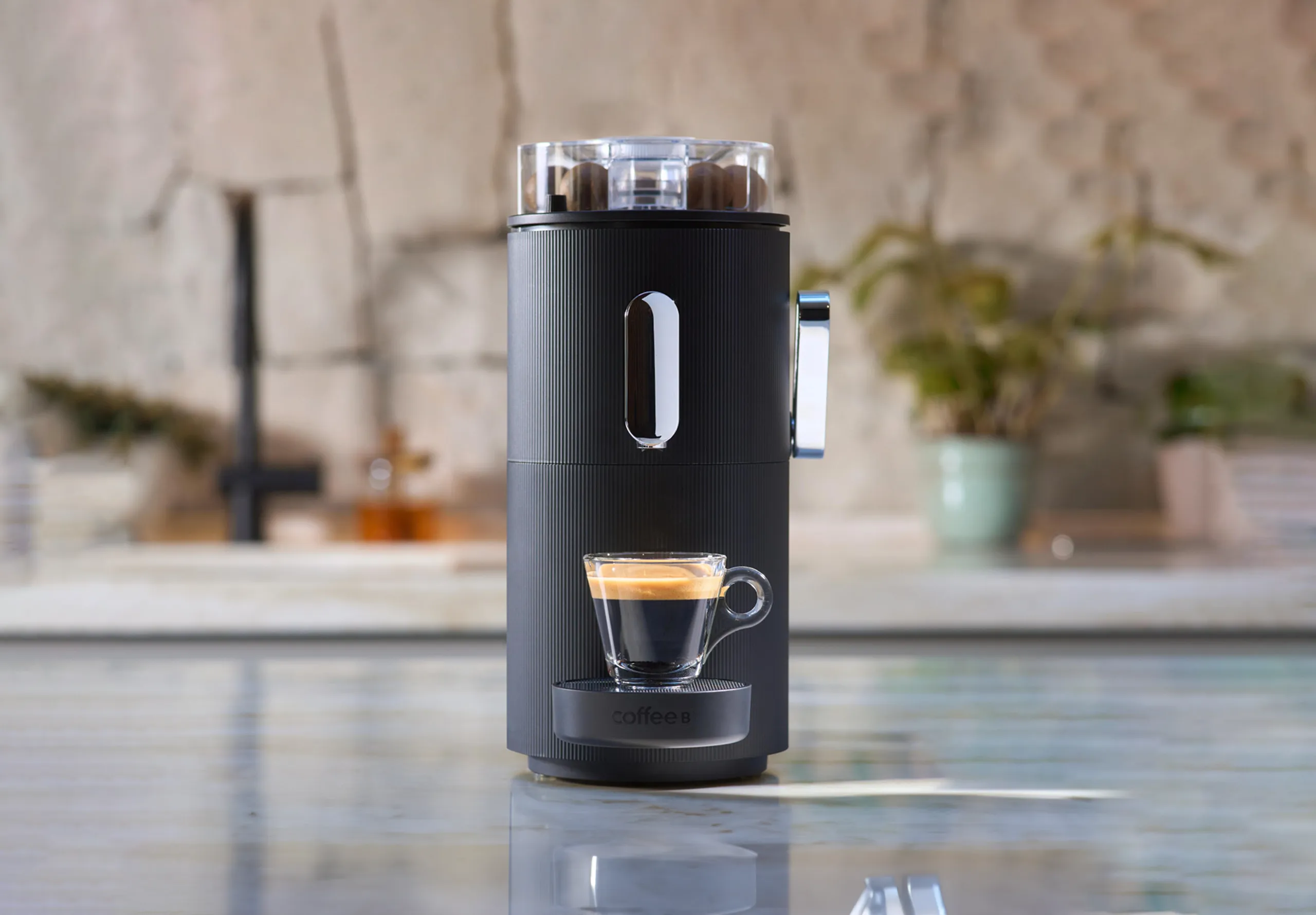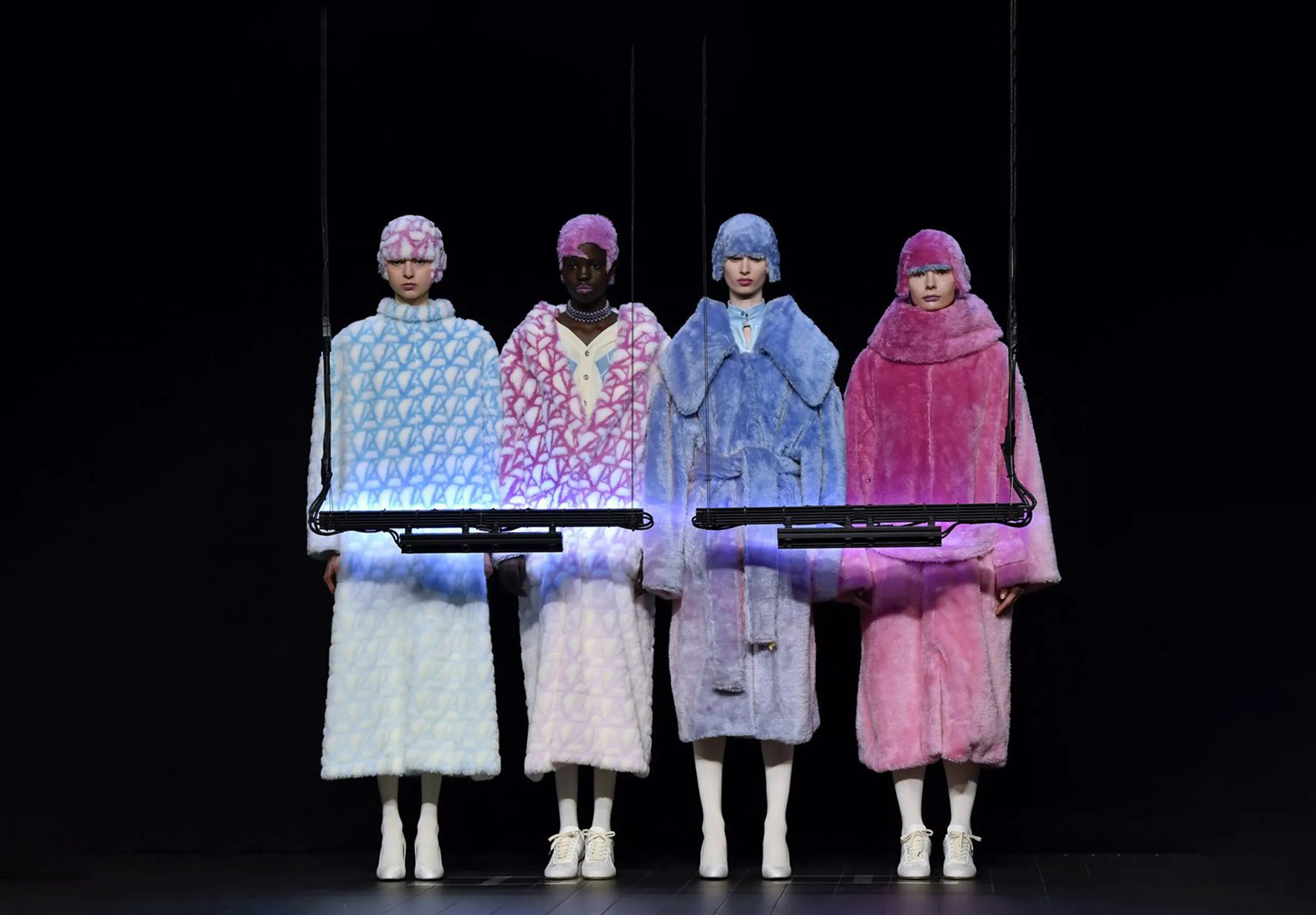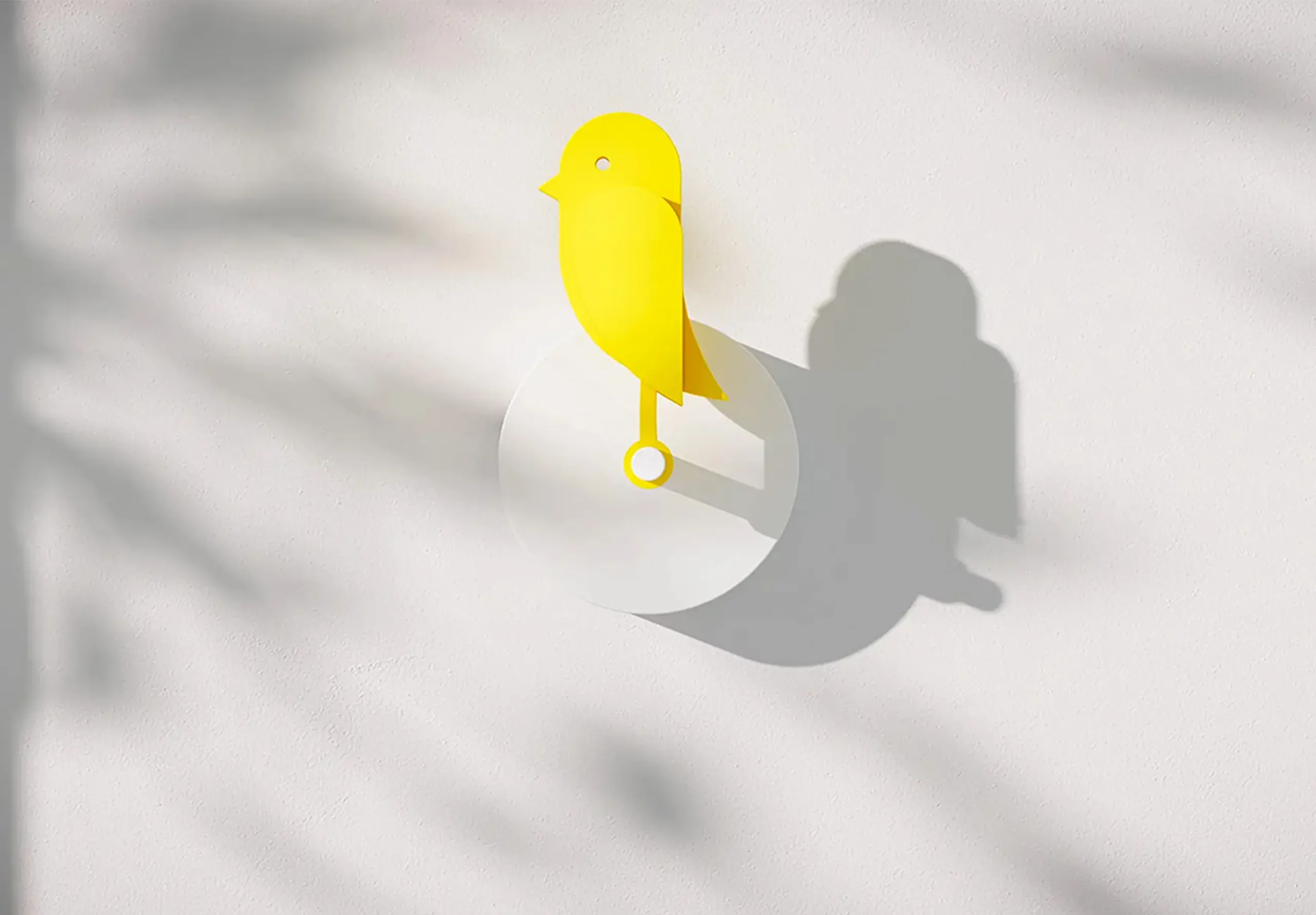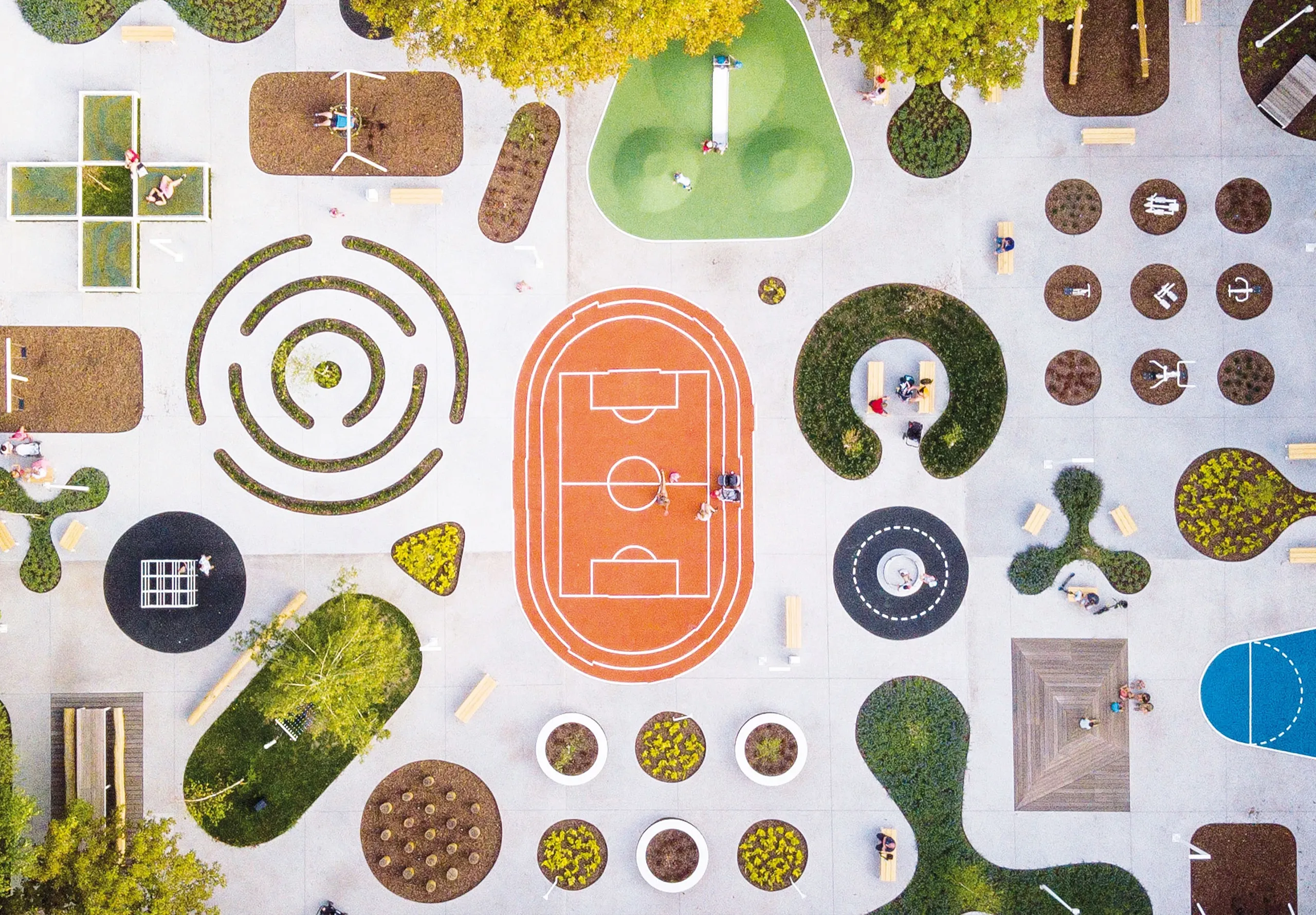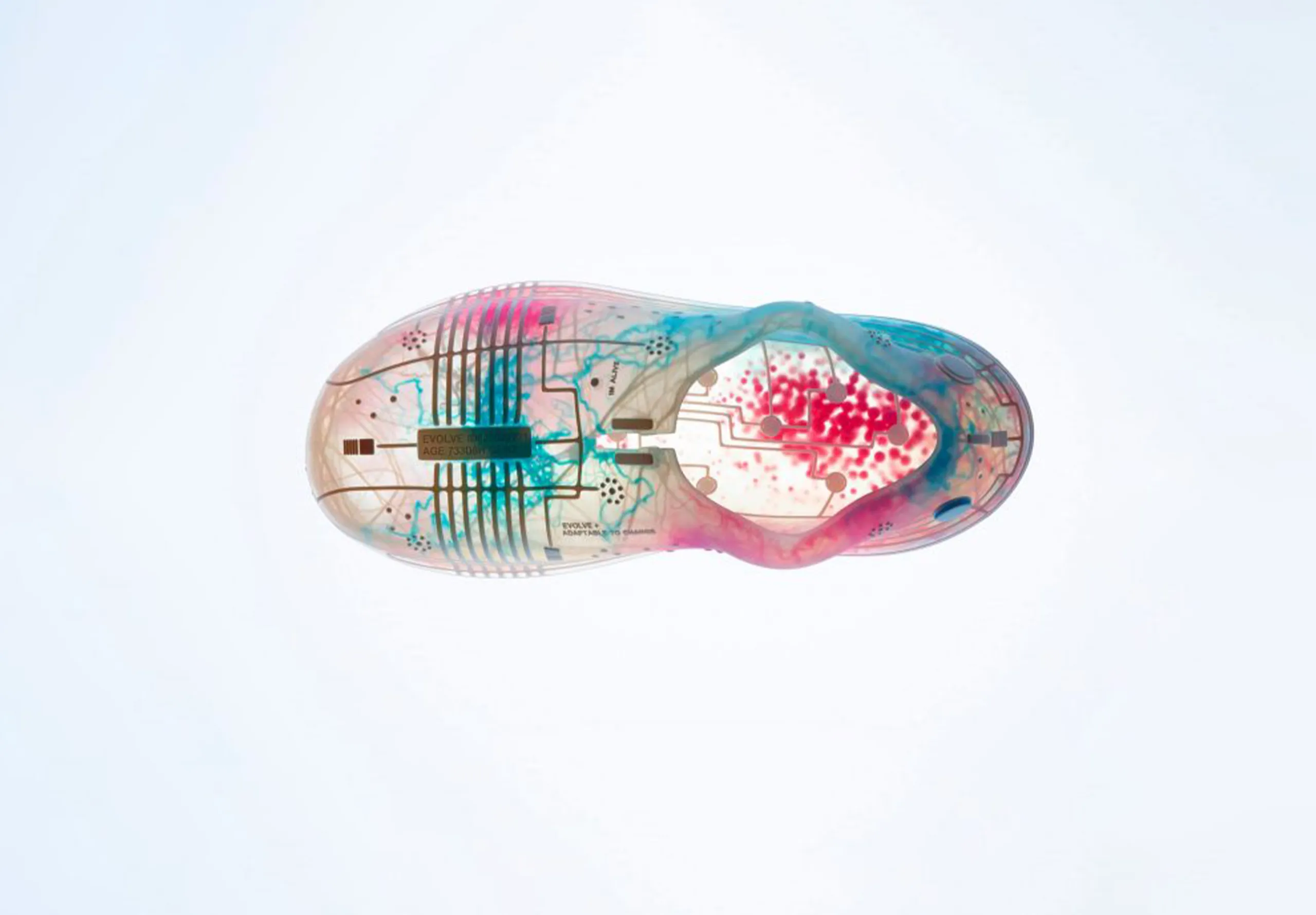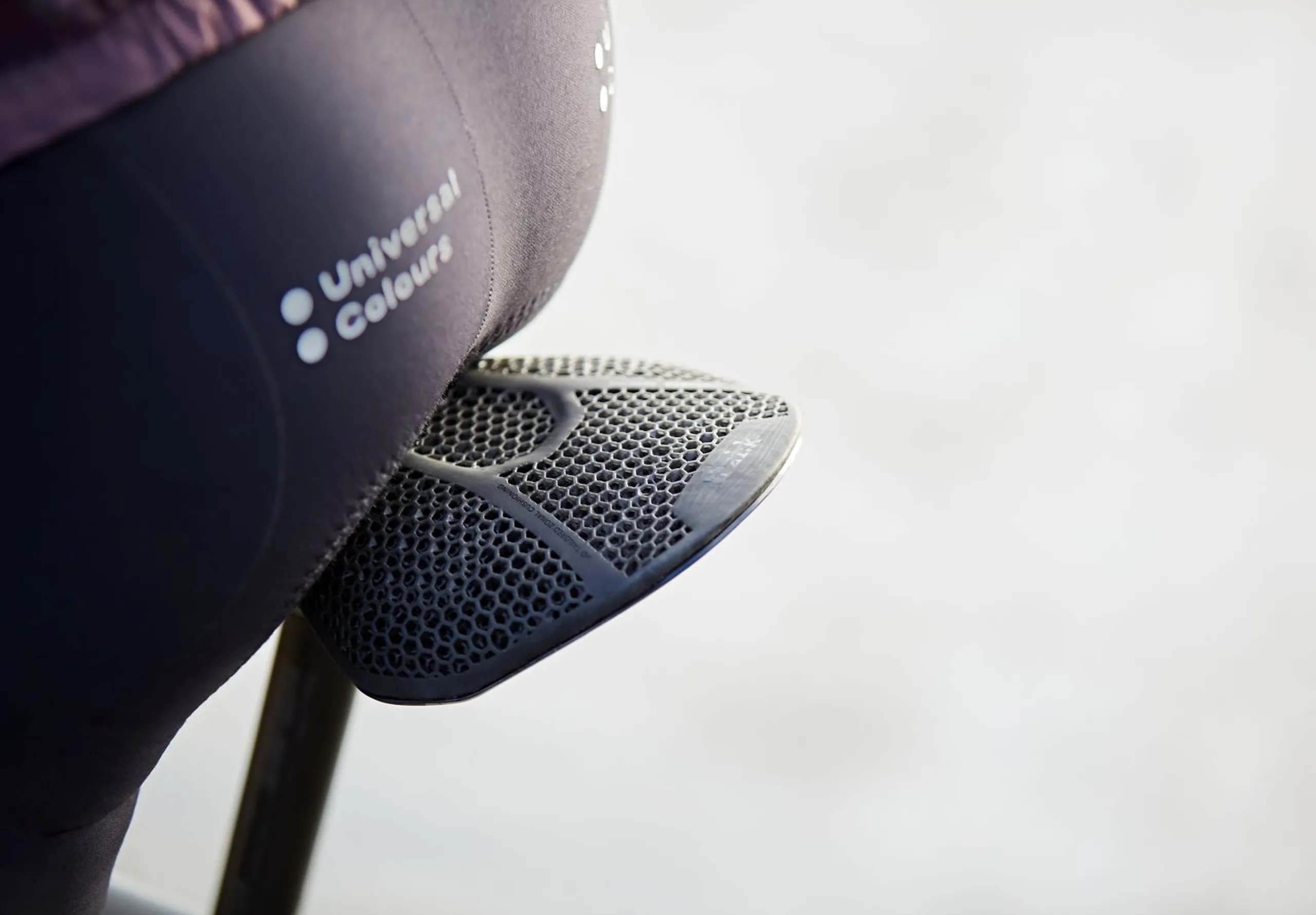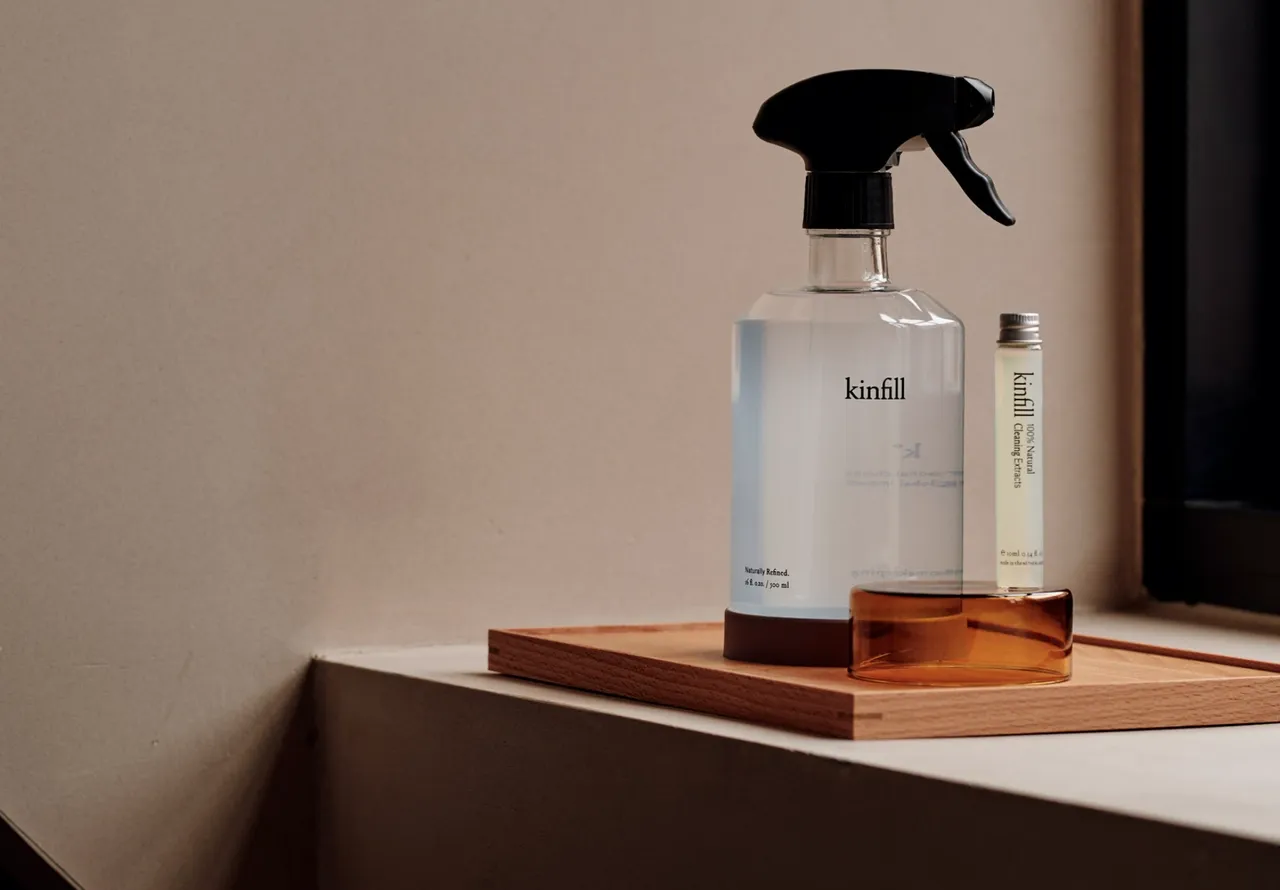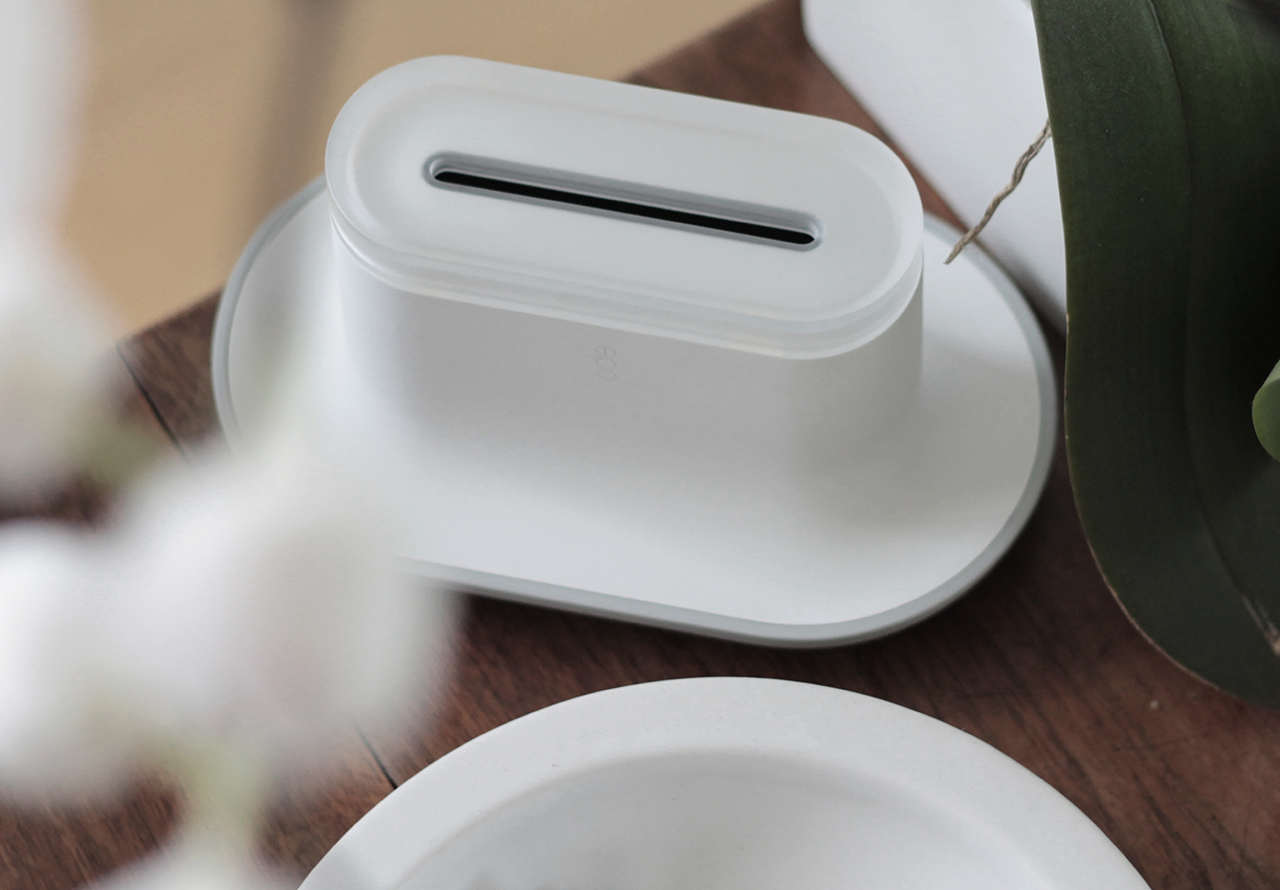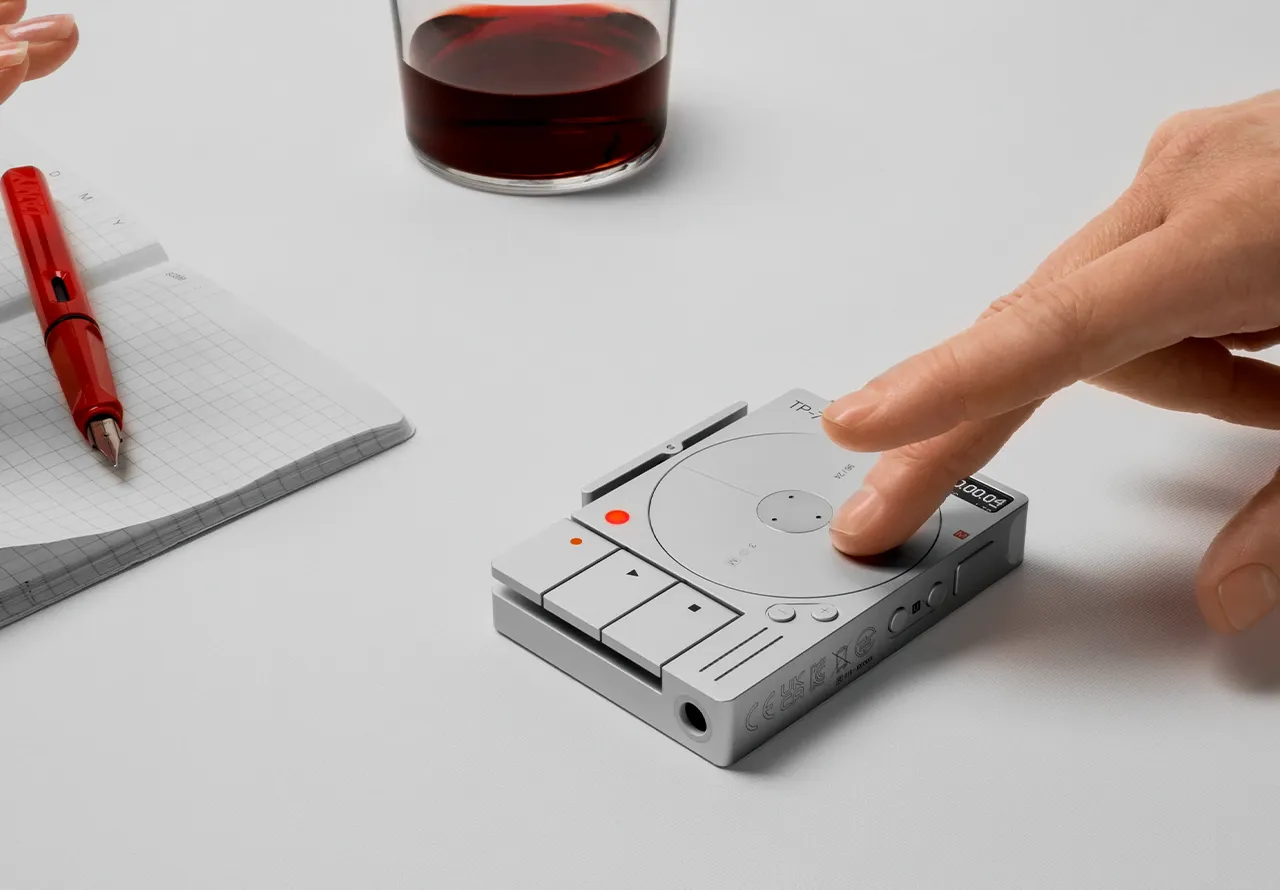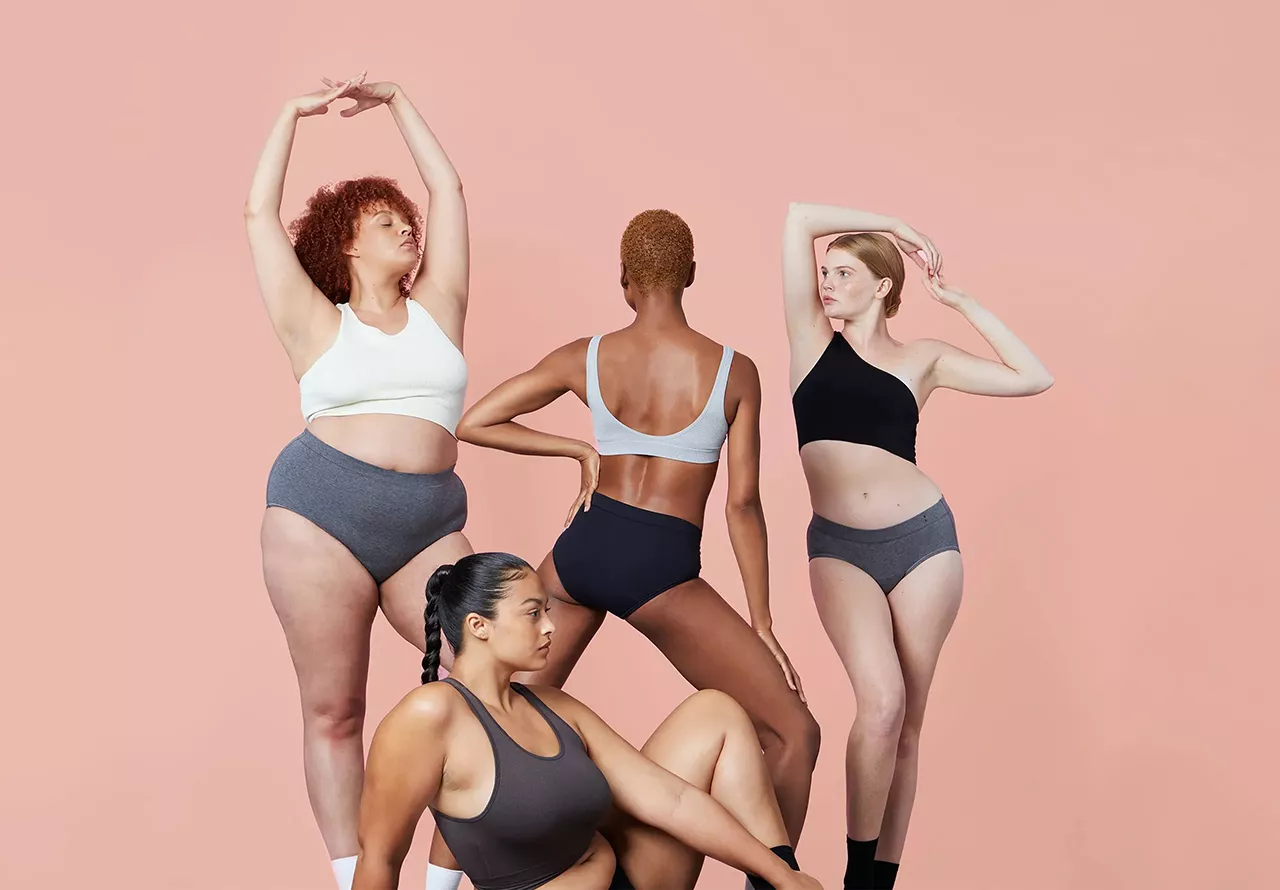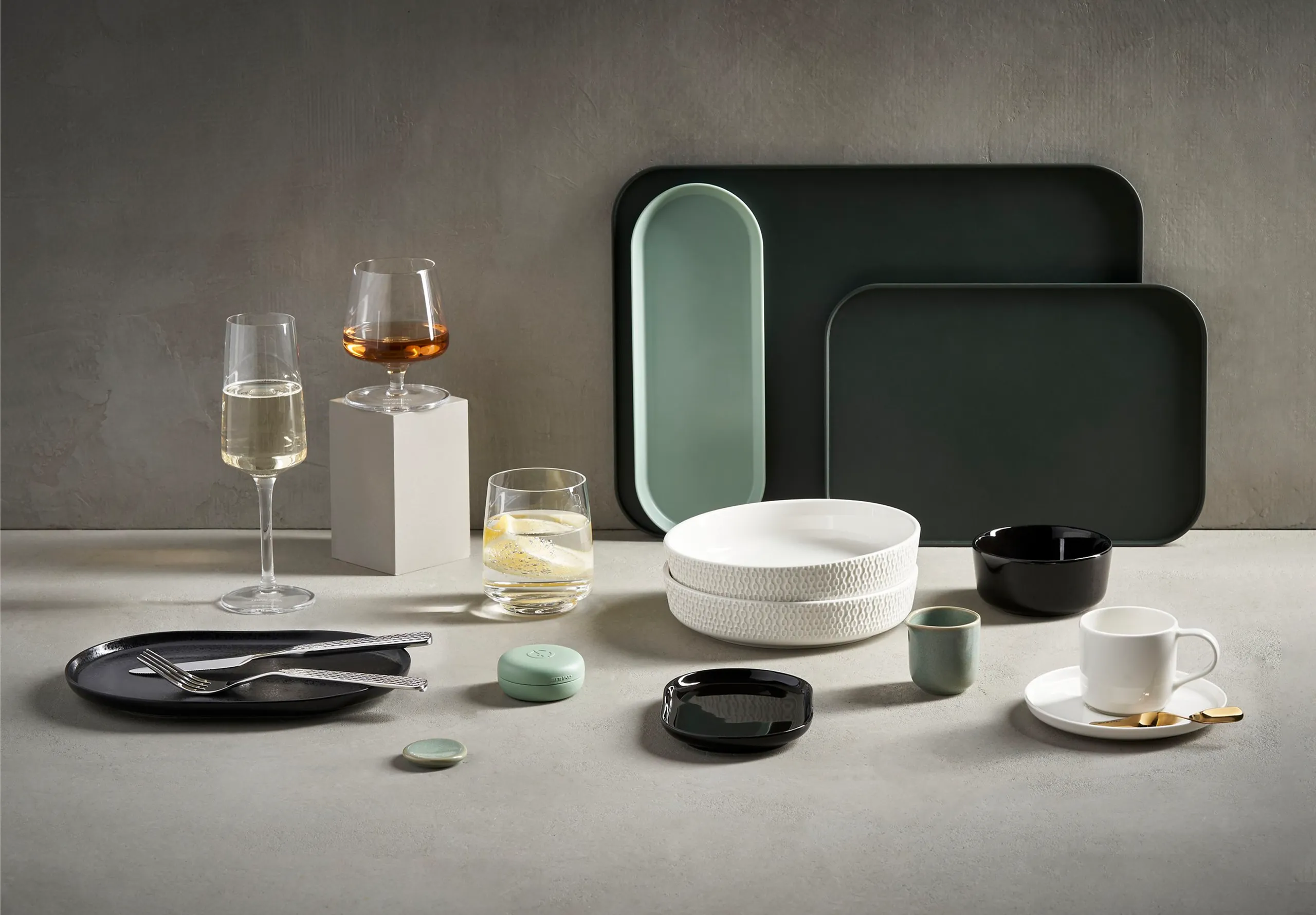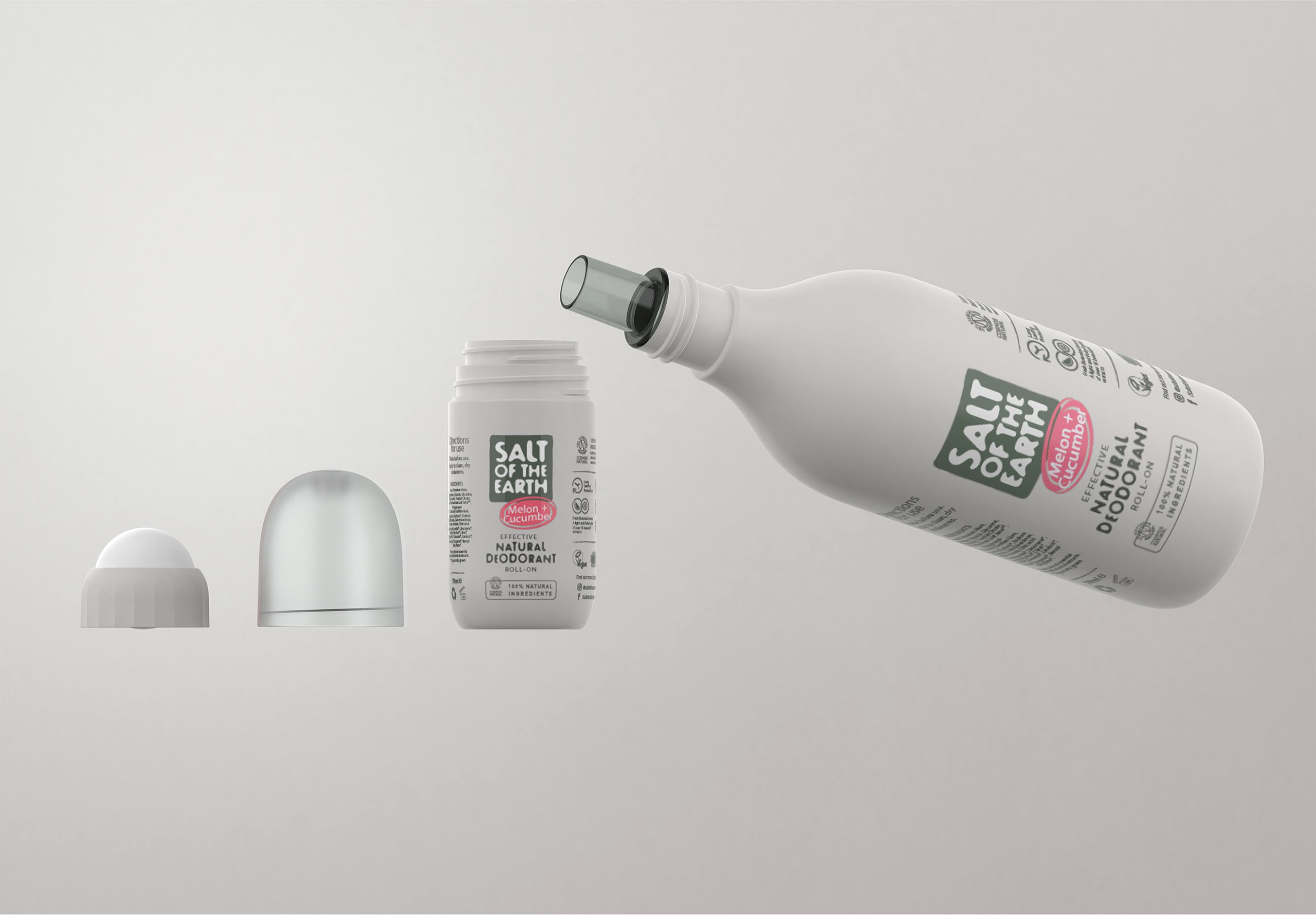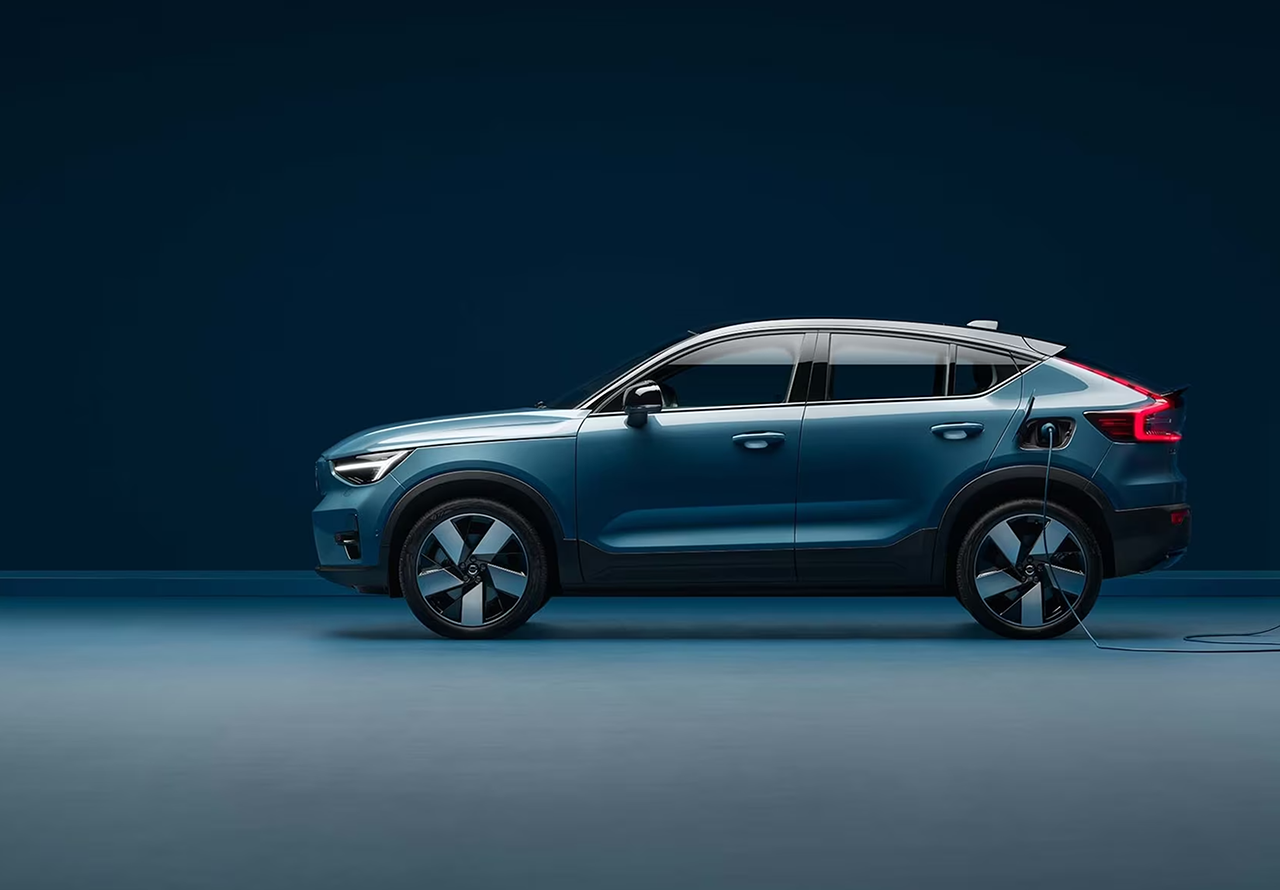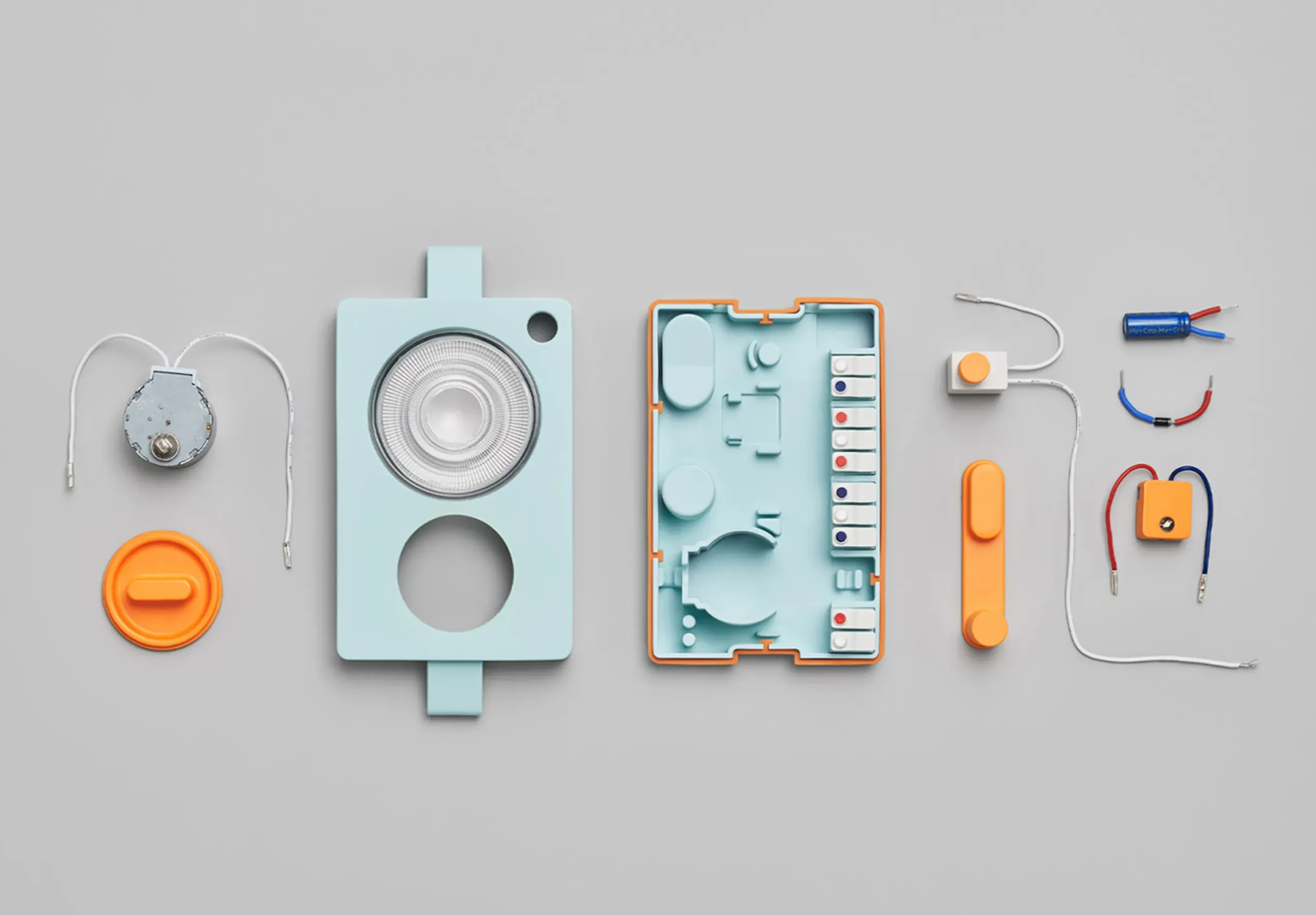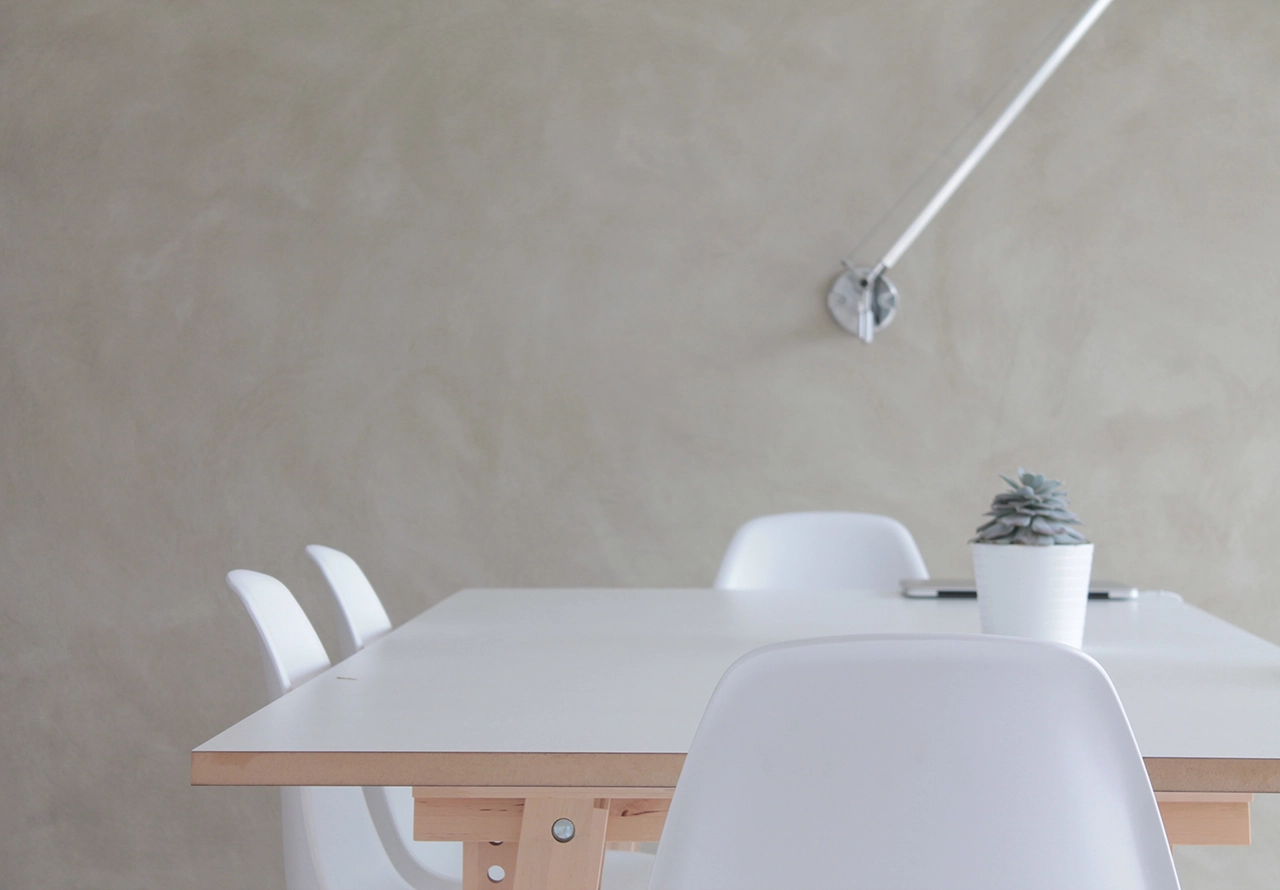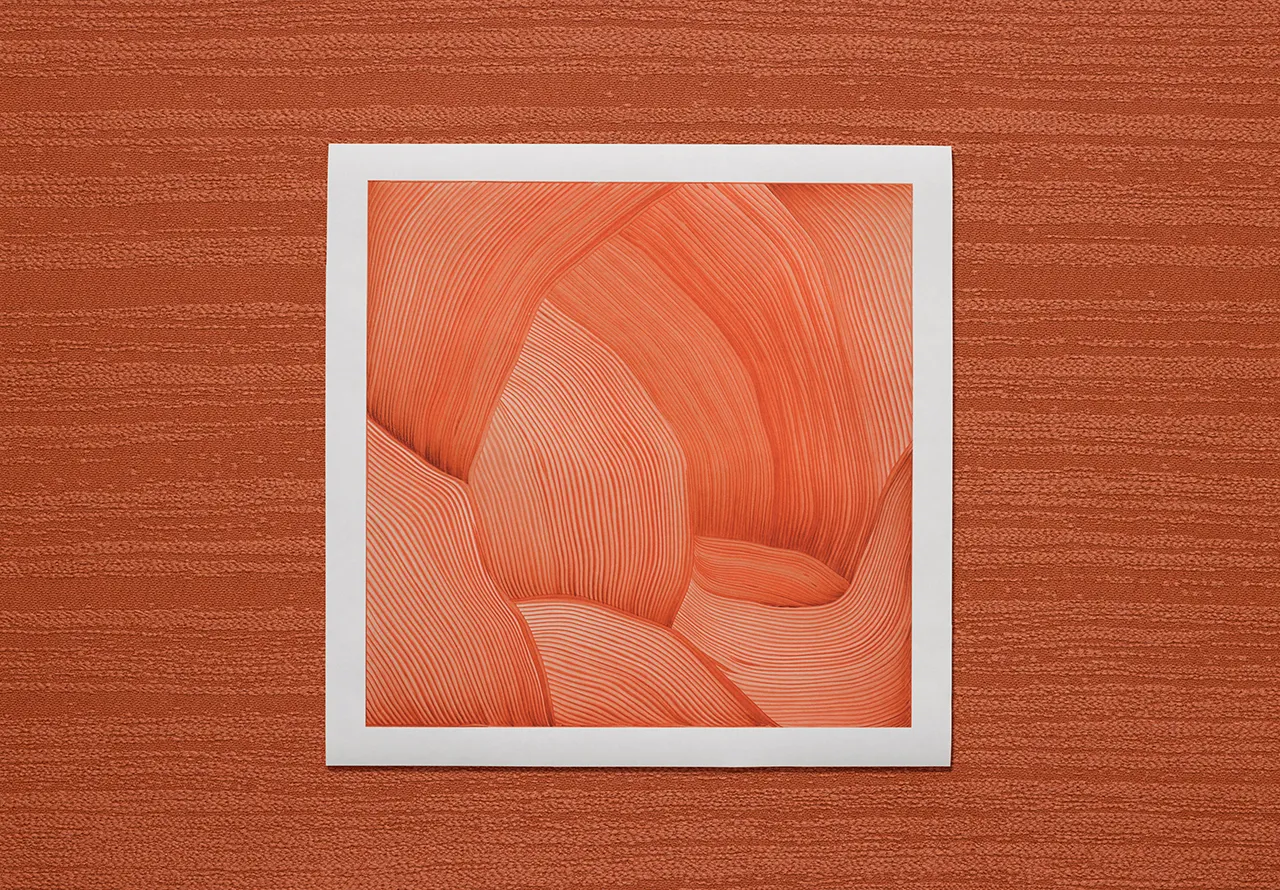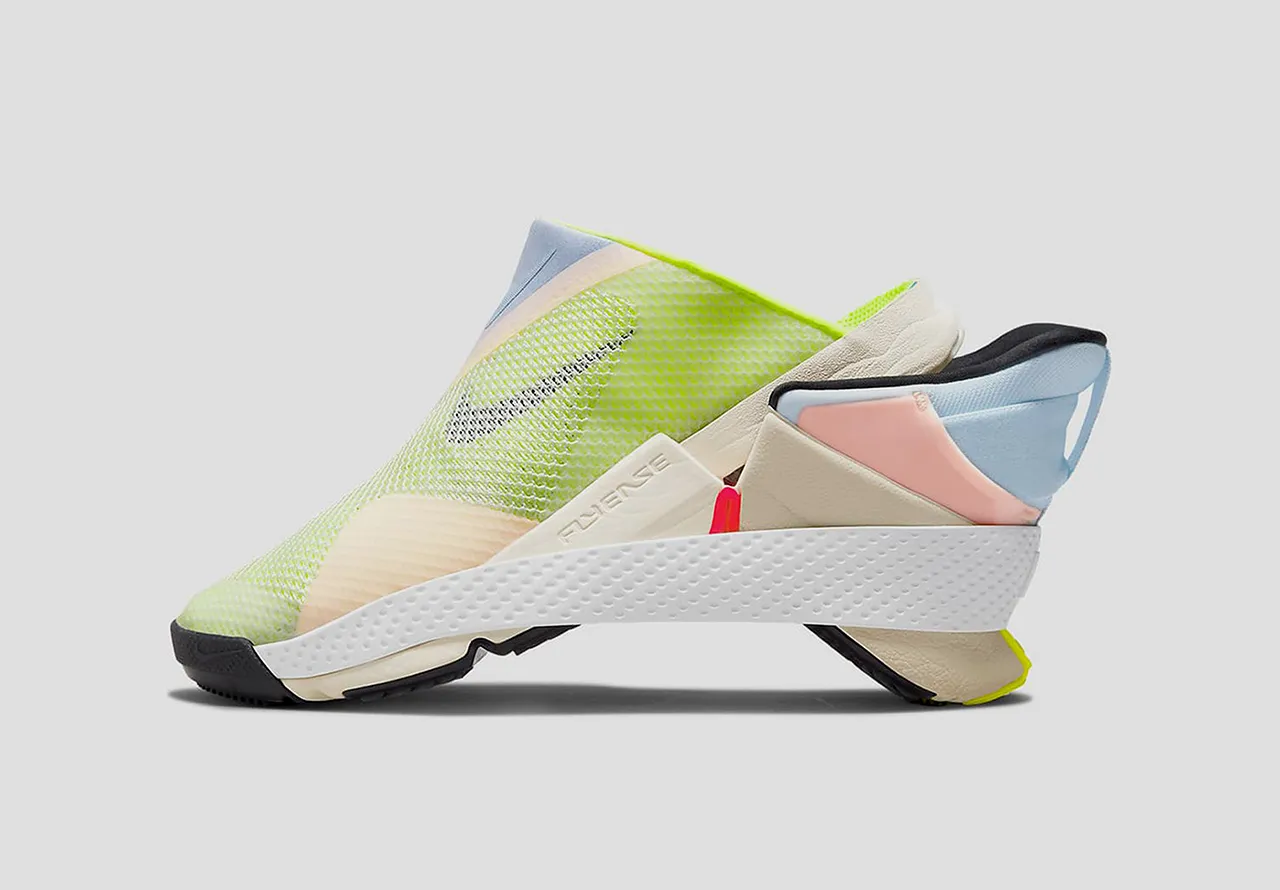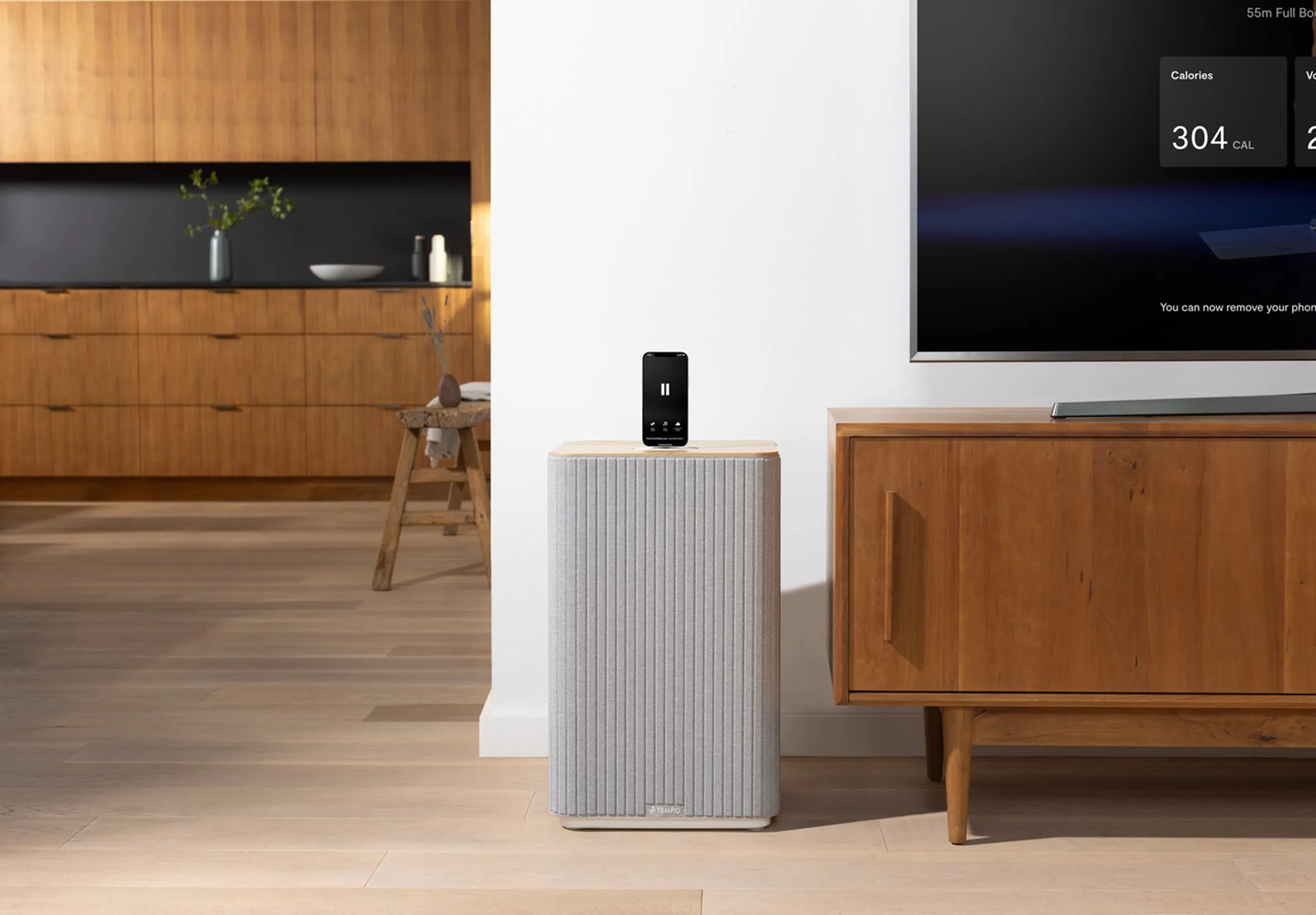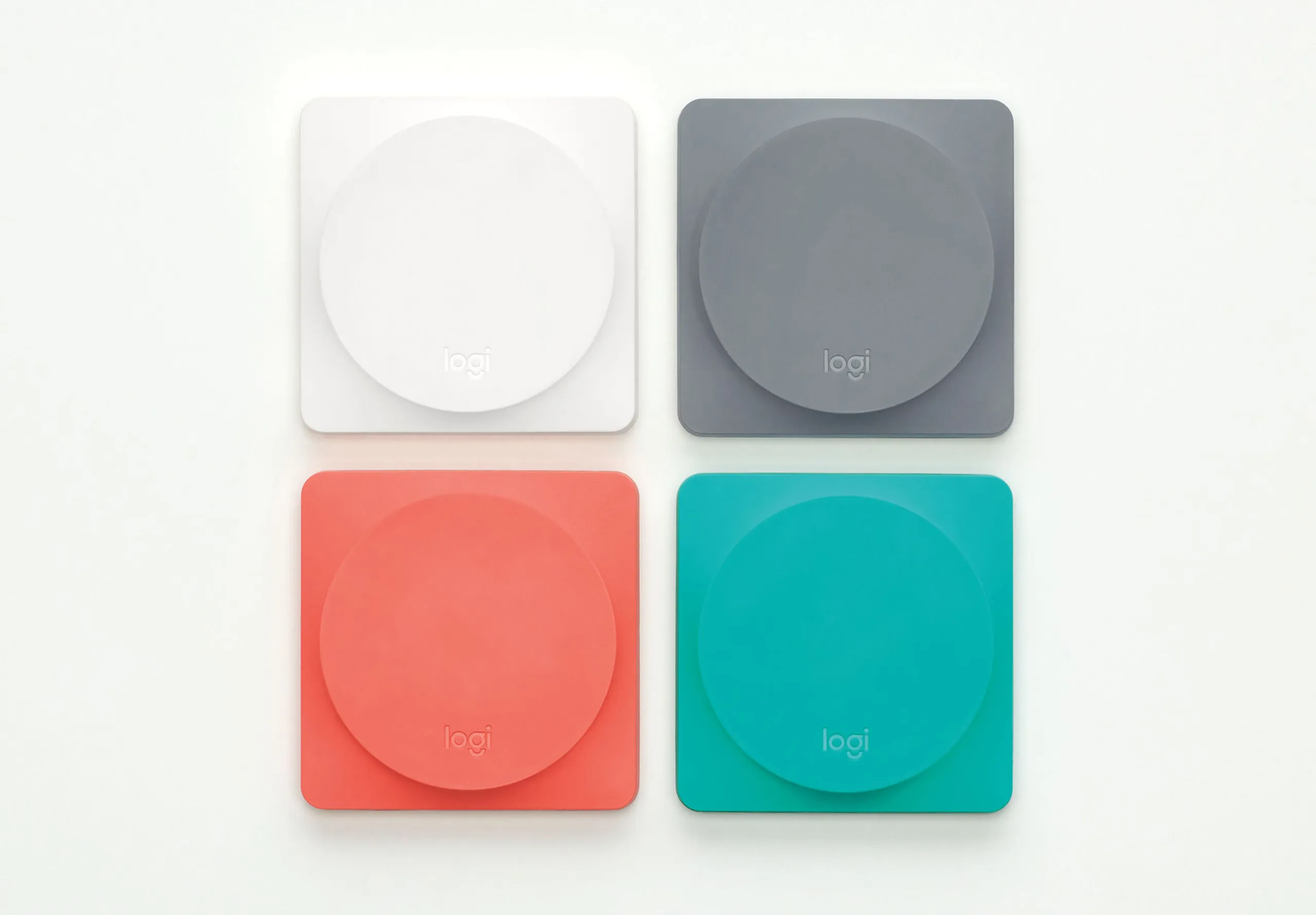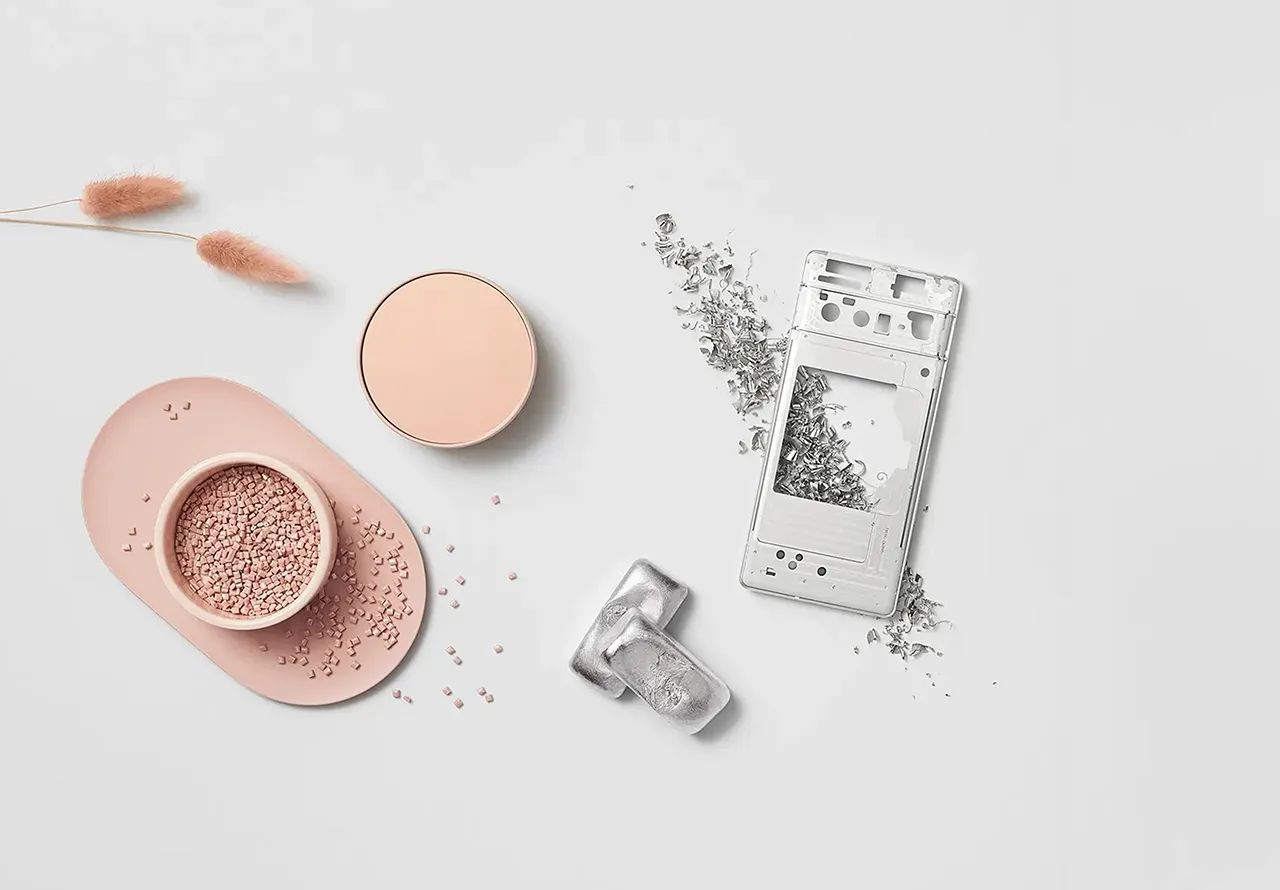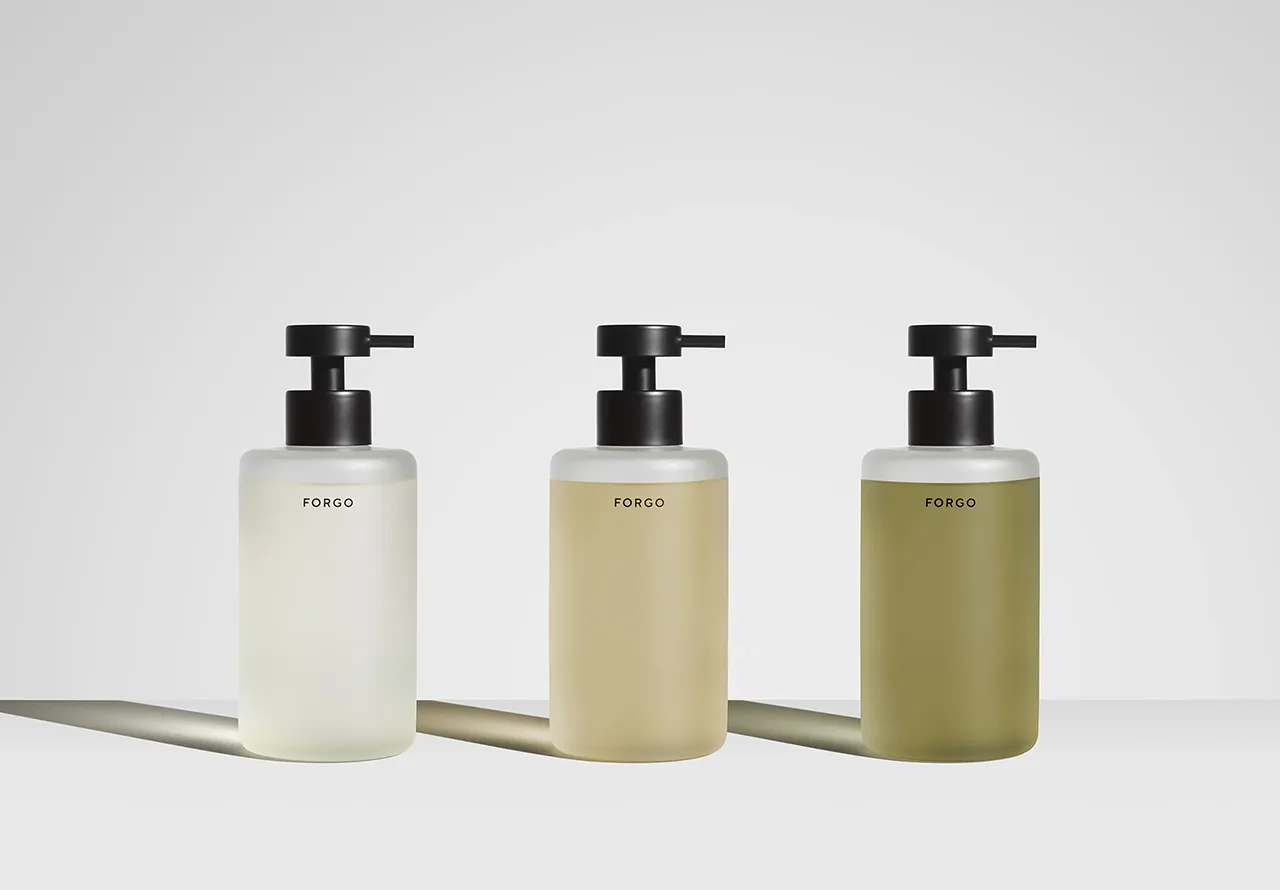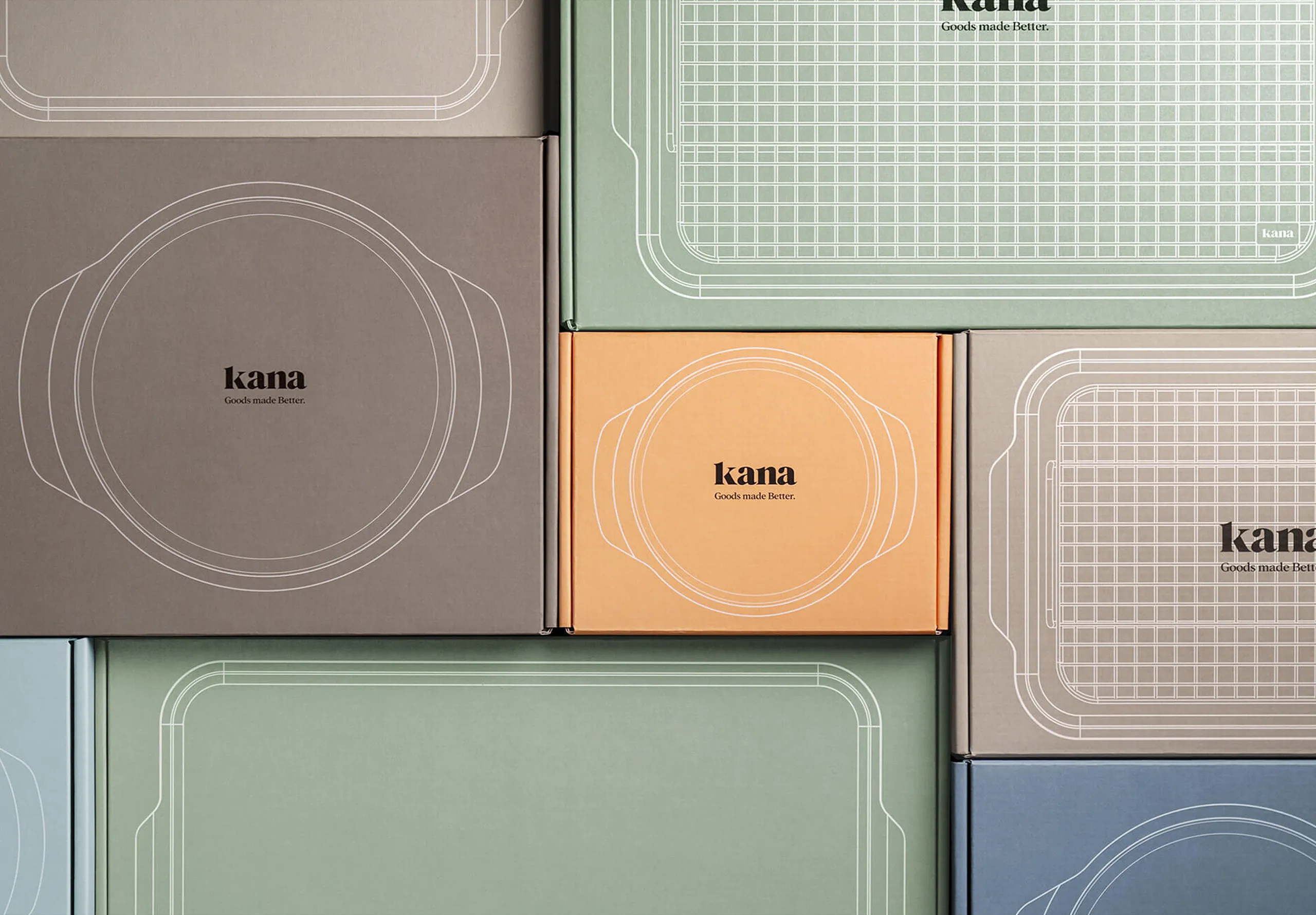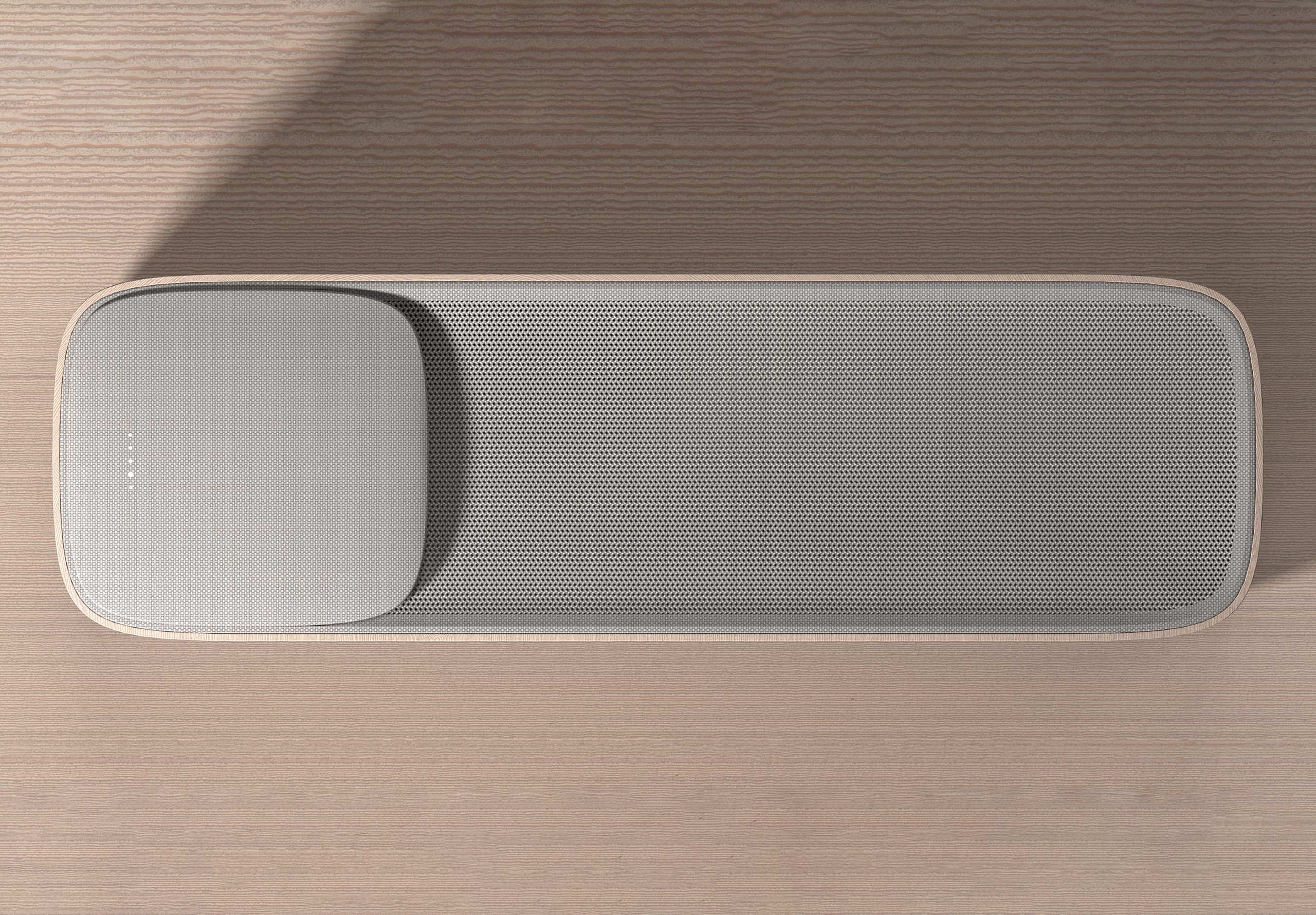Food
Author Béatrice Lorans
As our food system faces growing environmental pressures, tech companies are stepping up with creative solutions – from turning waste into premium products to completely reimagining how we experience food.
Here are four foodtech innovations showing us what’s possible…
Upcycled Grain Project
Ever wondered what happens to the barley used in beer-making? These sugar-free, protein-packed grains usually go to waste. Now, New Zealand-based Rutherford & Meyer have launched the Upcycled Grain Project to transform them into delicious, nutritious food. With a third of all food produced going to waste, they’re showing how ‘waste’ ingredients can create premium products. A brilliant example of finding value in unexpected places and turning a sustainability challenge into an opportunity.
GPT Food Cam
Food logging apps are usually a pain – endless scrolling, guessing portions, and clunky interfaces. GPT Food Cam simplifies everything: snap a photo of your meal and AI estimates the calories. No manual logging, no questionable portion guesses. By focusing on user experience first, they’ve made healthy habit-building actually feel achievable. It’s a great example of simple tech solving real user frustrations.
Feel The Peel
This innovative juice bar turns orange peels into 3D-printed cups you can drink from. When you’re done, the cup gets recycled into new ones – circular economy in action. It’s a physical metaphor for circular design that makes sustainability tangible. At a time when our food system’s environmental impact is under scrutiny, they’re showing how design can reshape our relationship with waste.
Project Nourished
Imagine being able to experiment with any food experience imaginable – that’s Project Nourished’s mission. Their VR dining platform combines 3D-printed algae, aromatics, and bone-conduction tech to create entirely new food possibilities. Take their virtual chocolate cake: you get all the sensory pleasure – the smell of cocoa, the sound of your fork cutting through layers, the perfect texture – while the actual food can be engineered for different dietary needs or environmental impacts. They’re building an open platform where developers can create new food experiences, pushing the boundaries of what’s possible with nutrition and dining…
Looking for more design inspiration?


